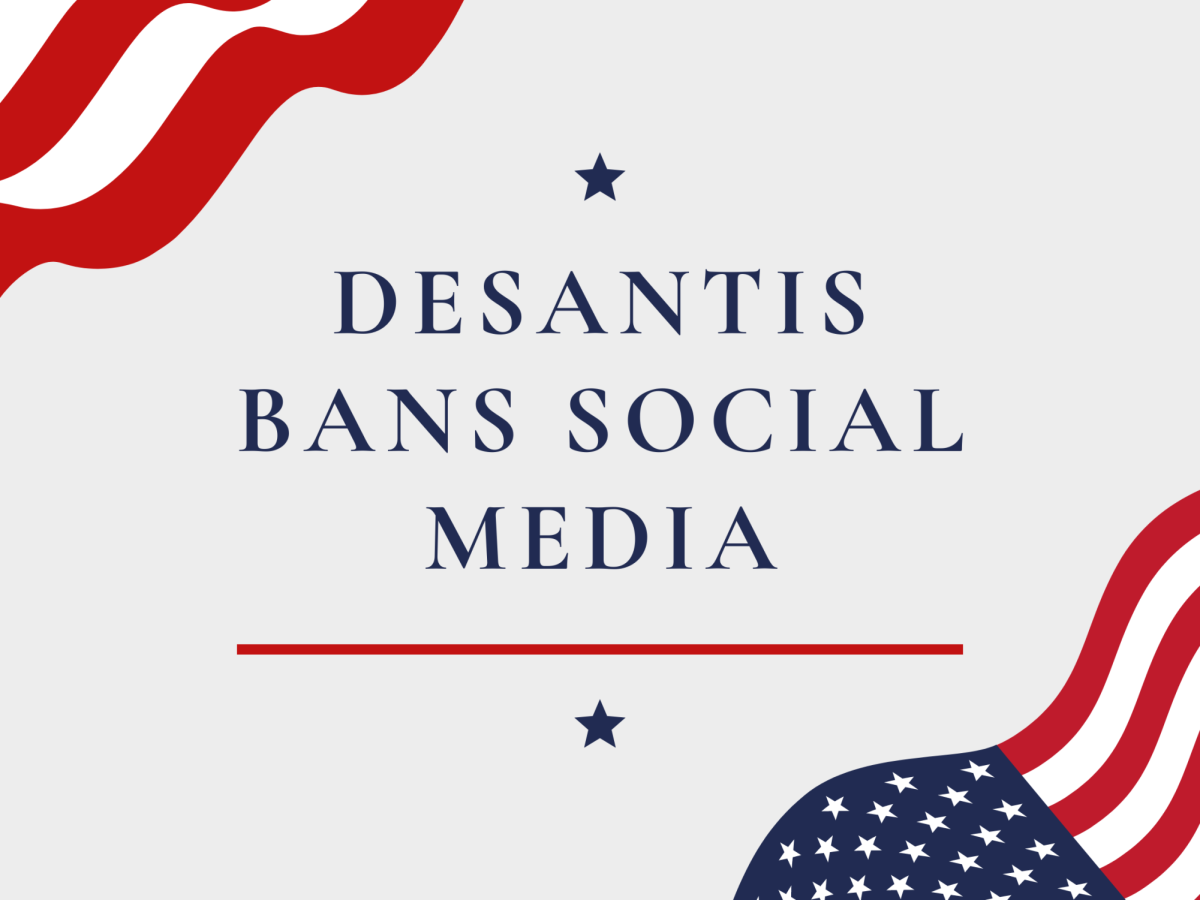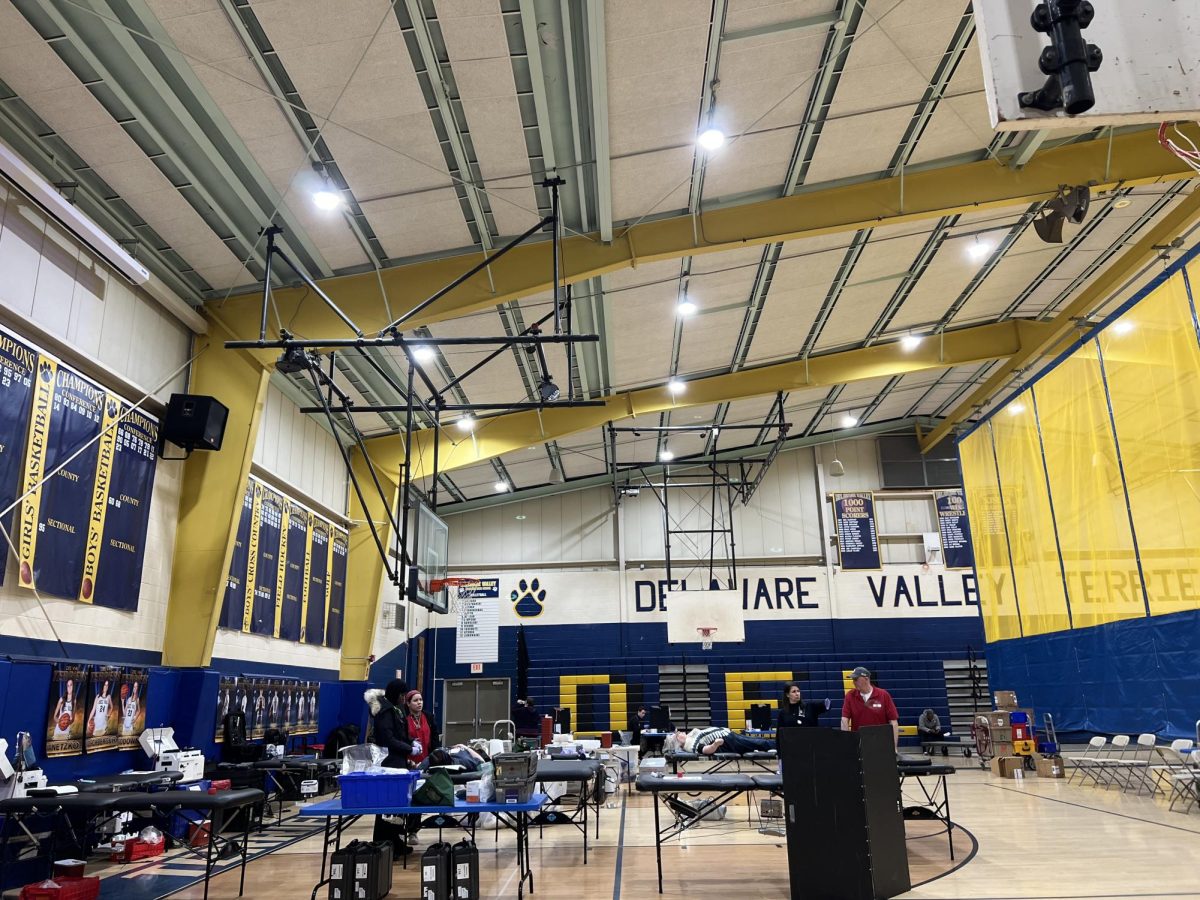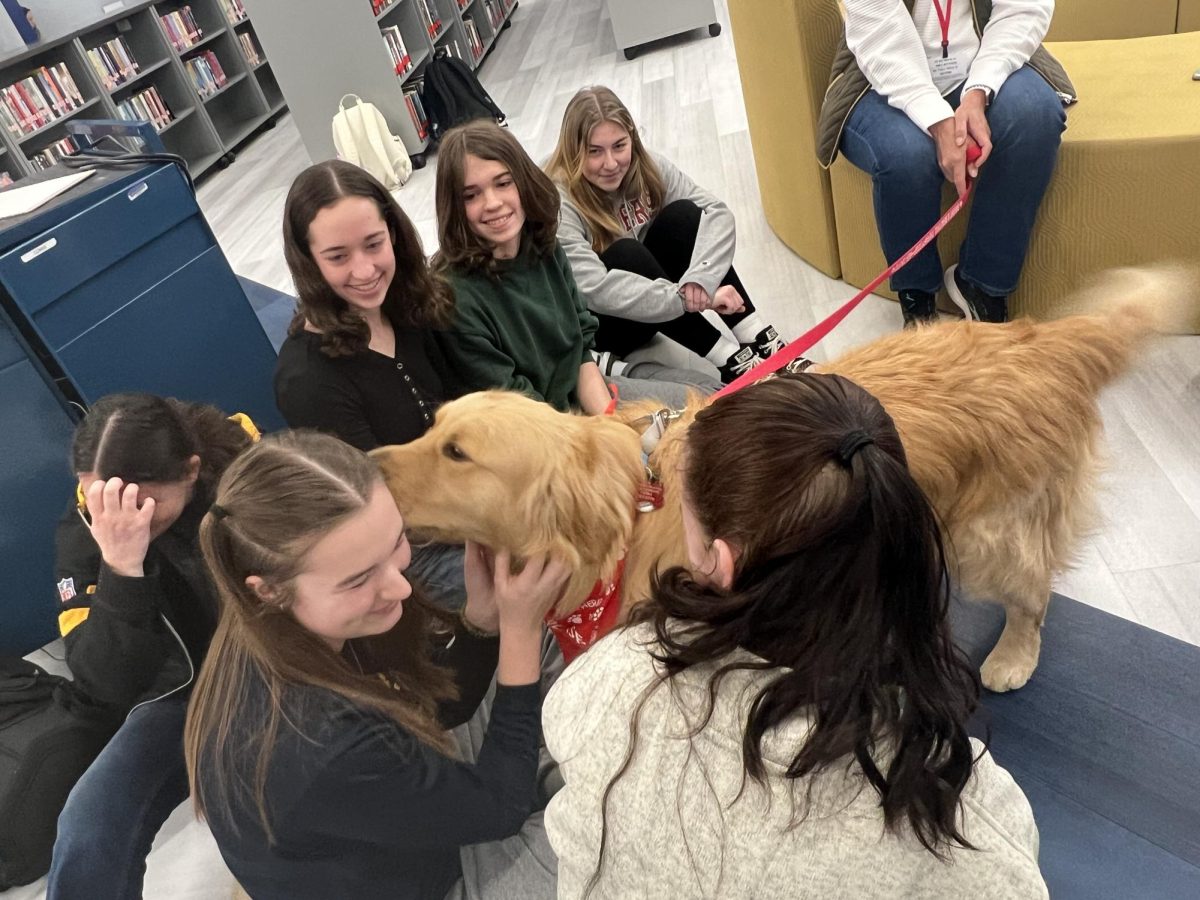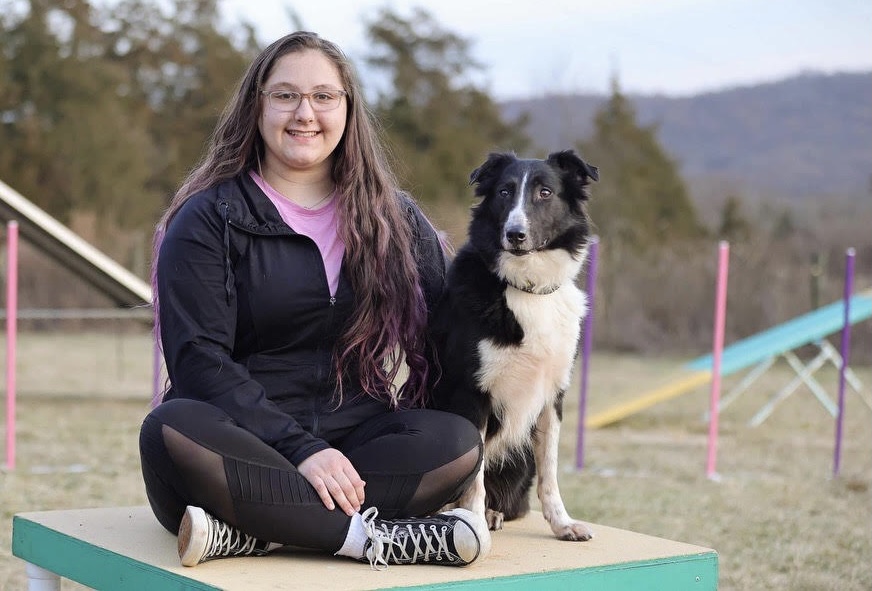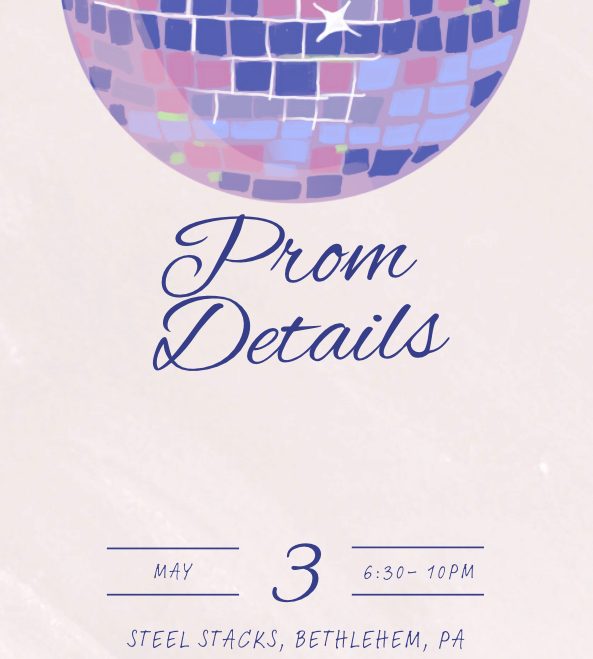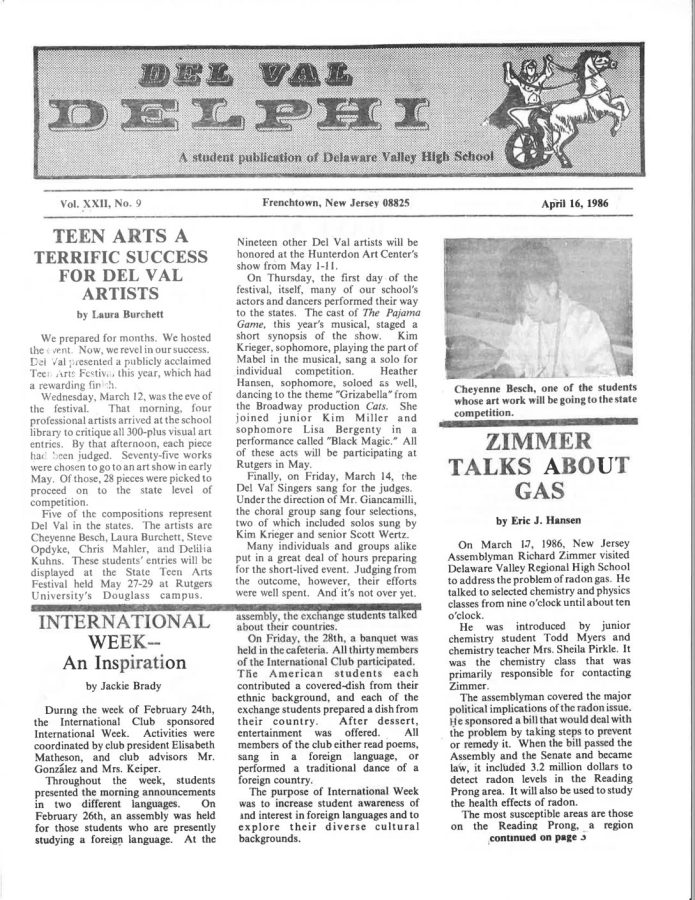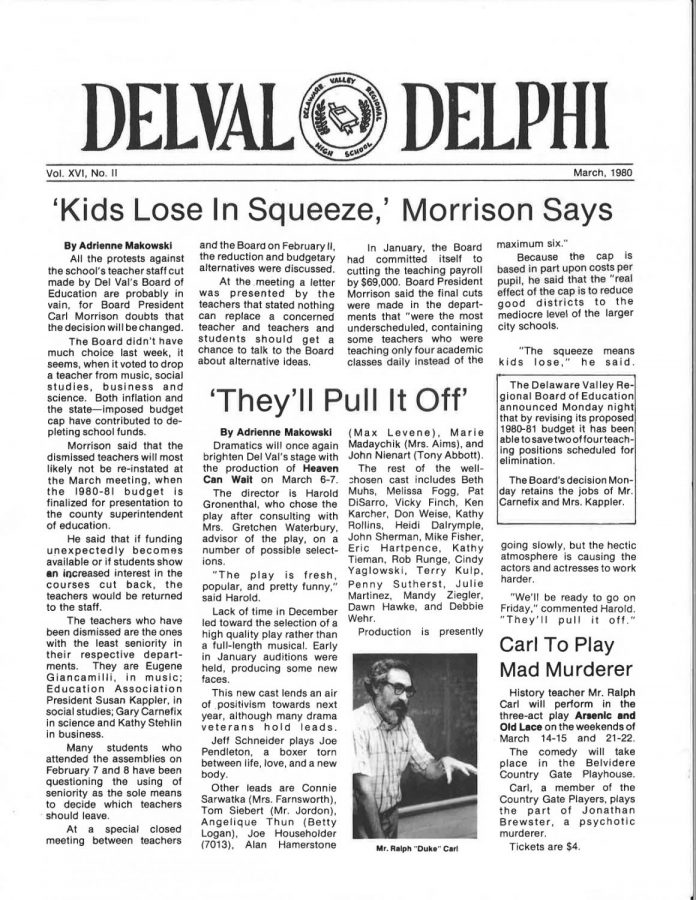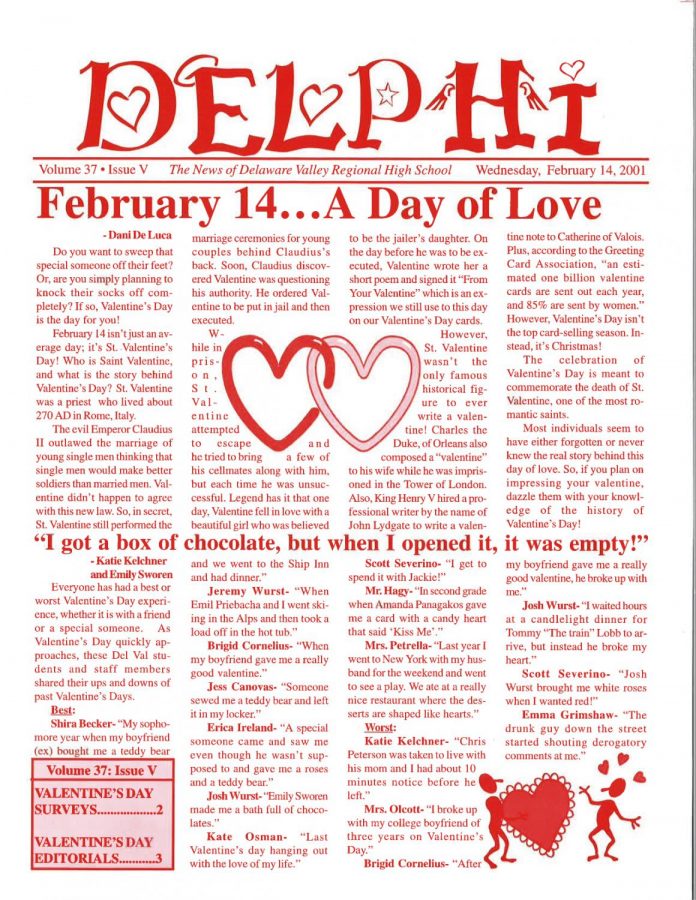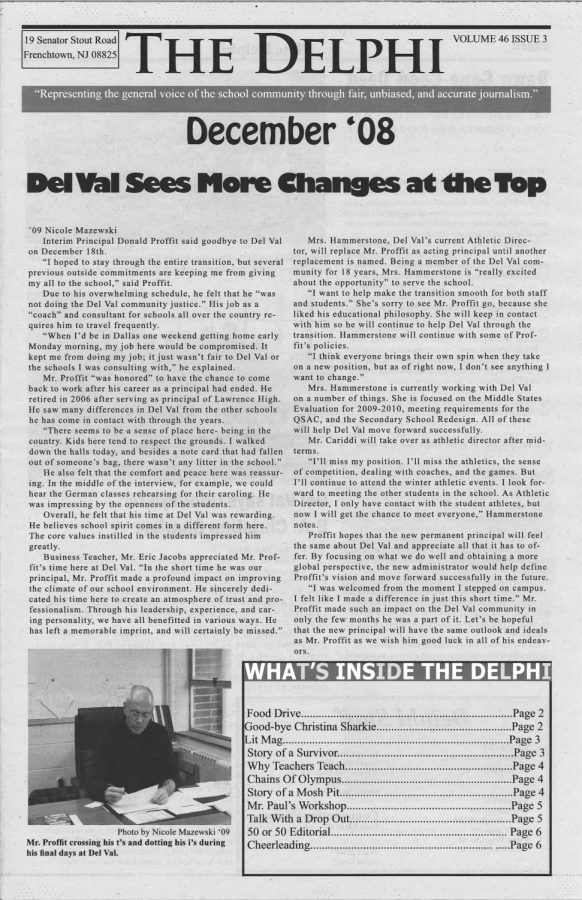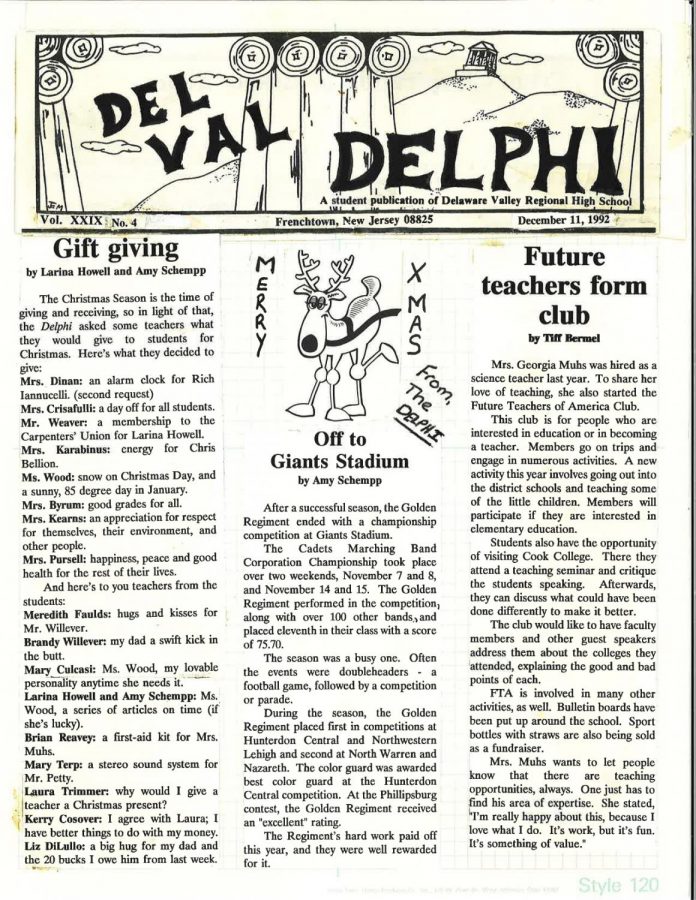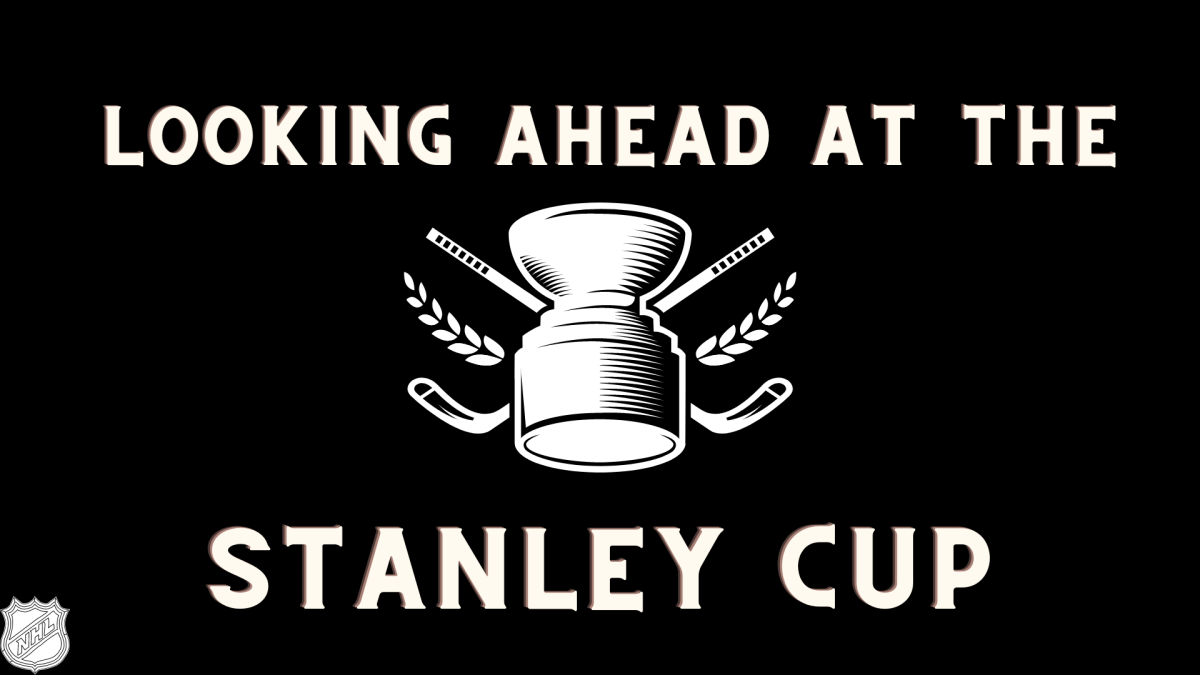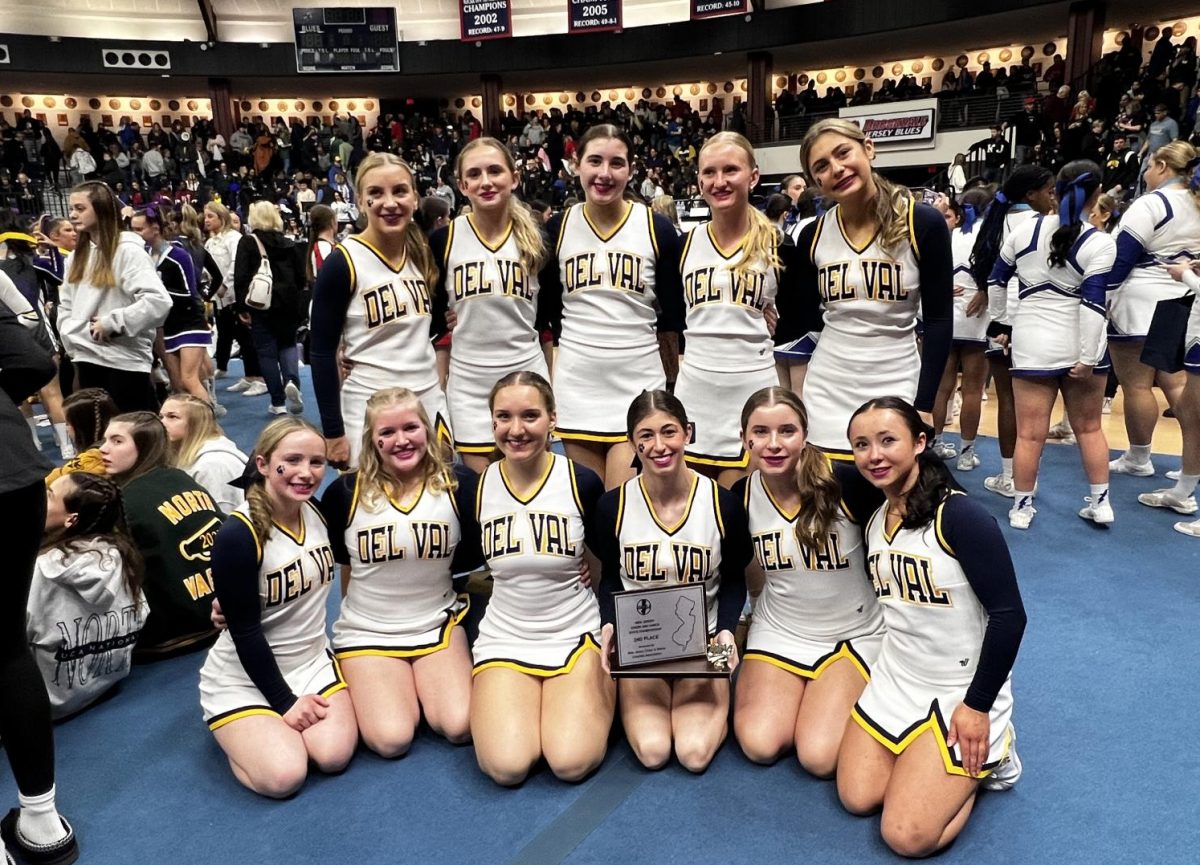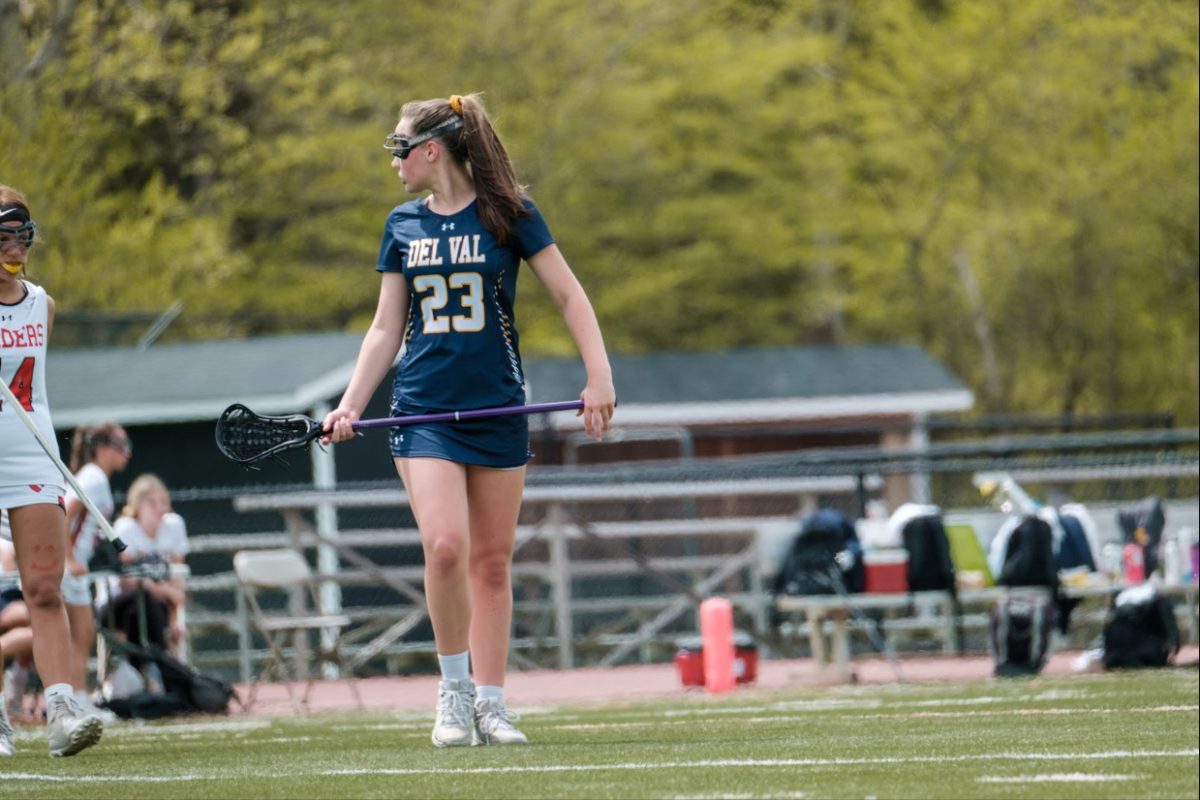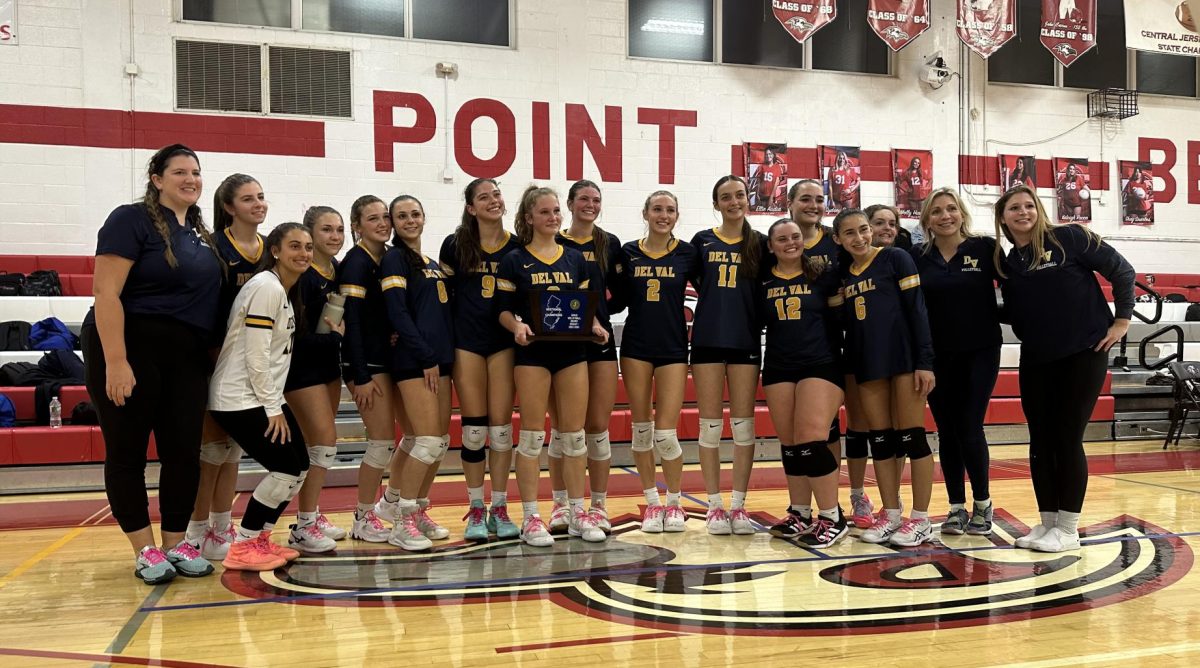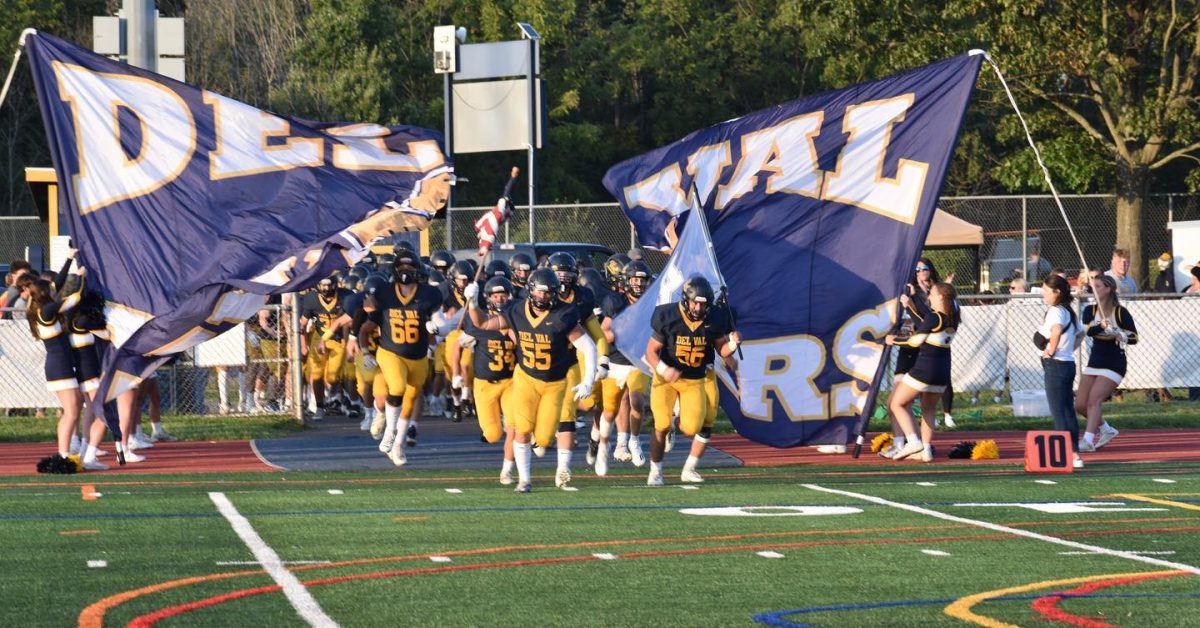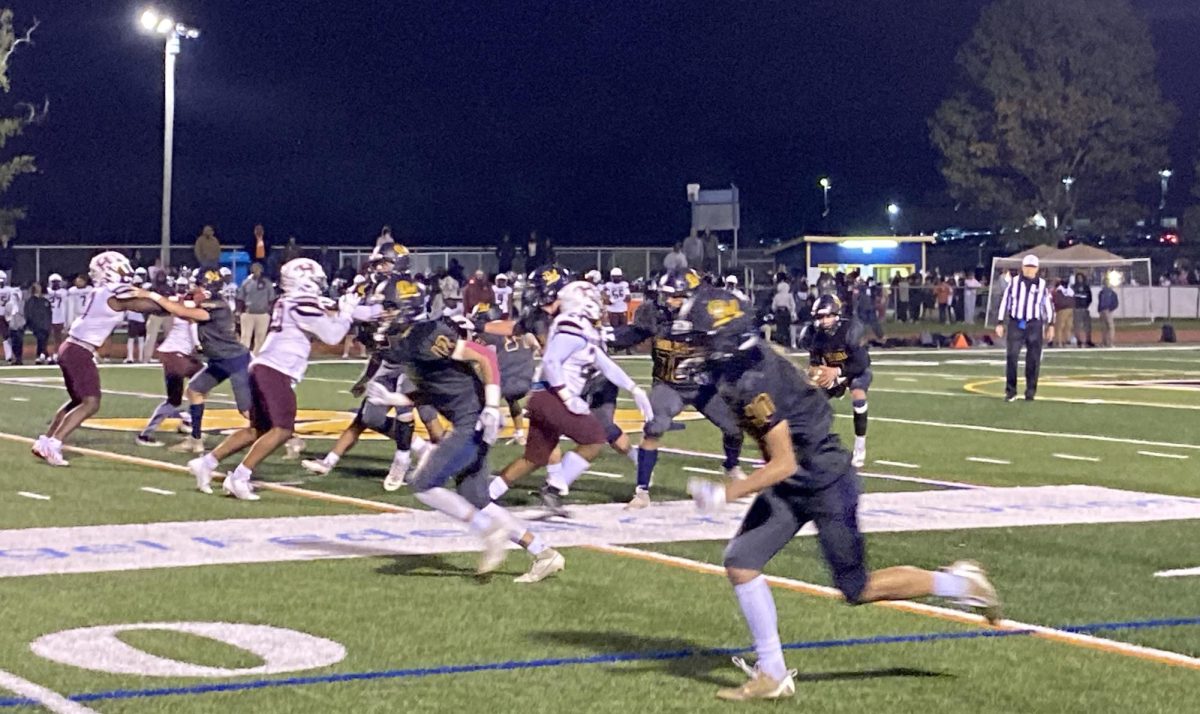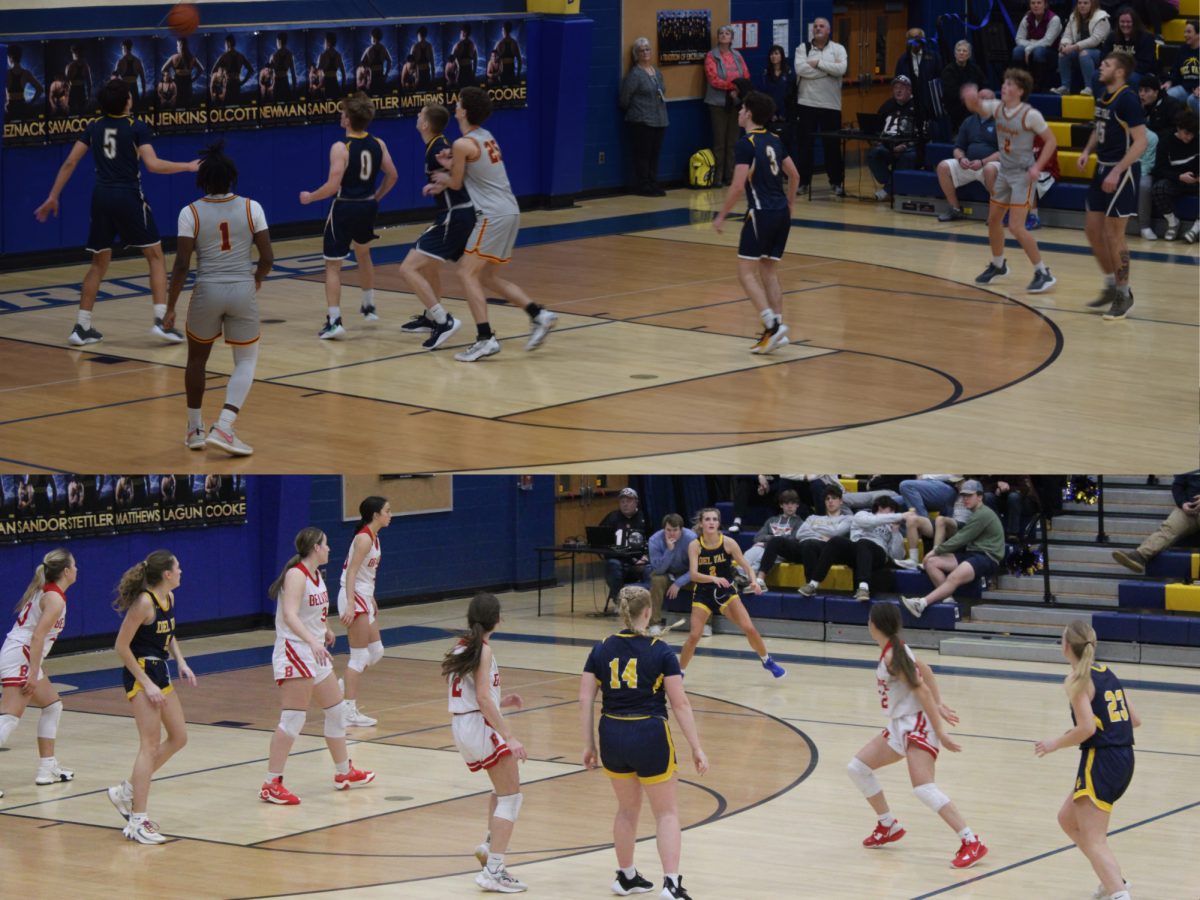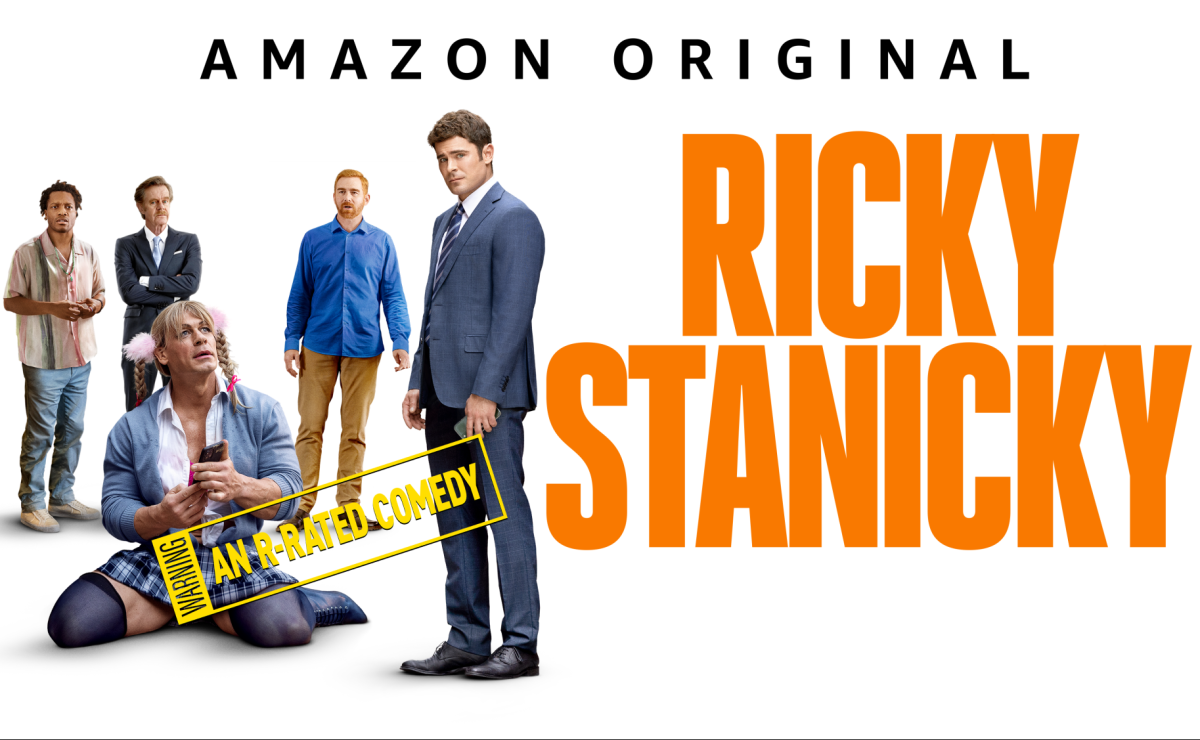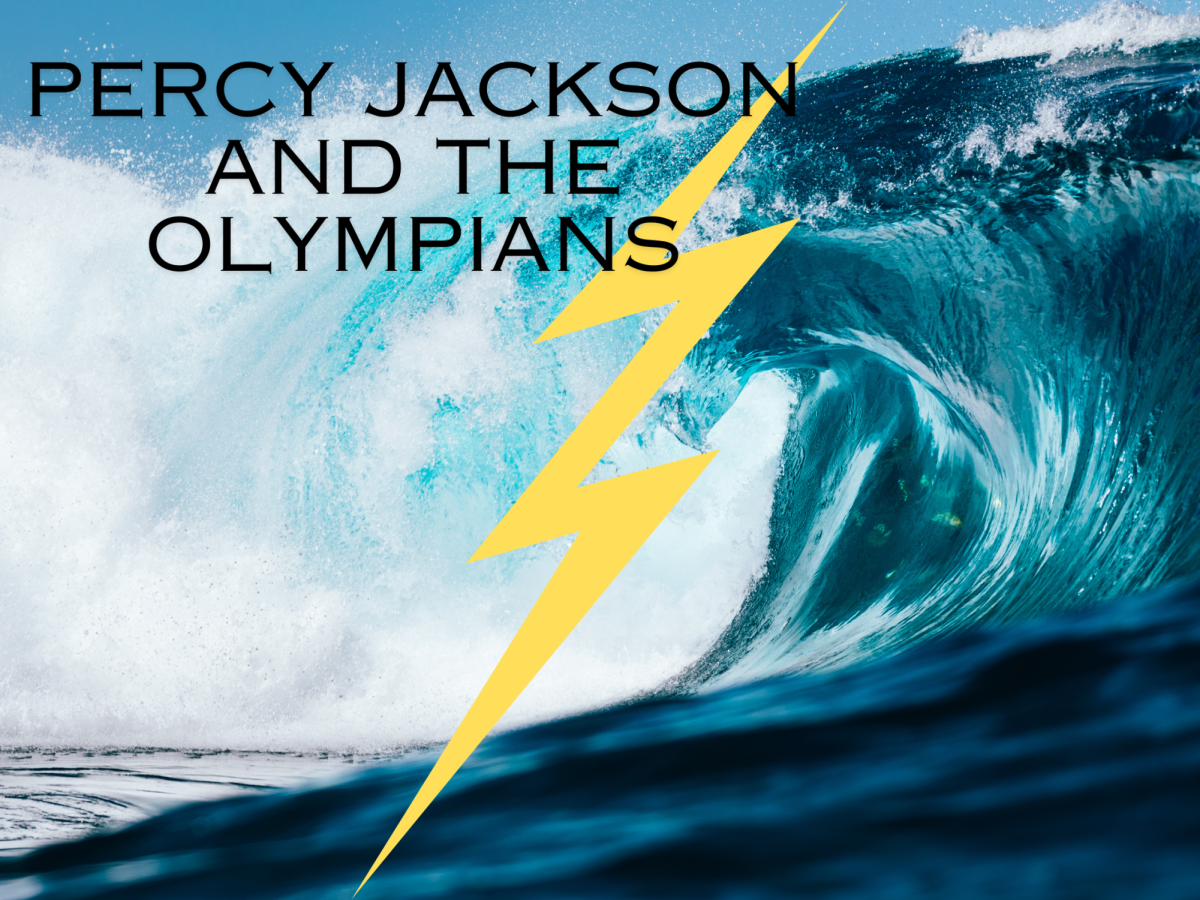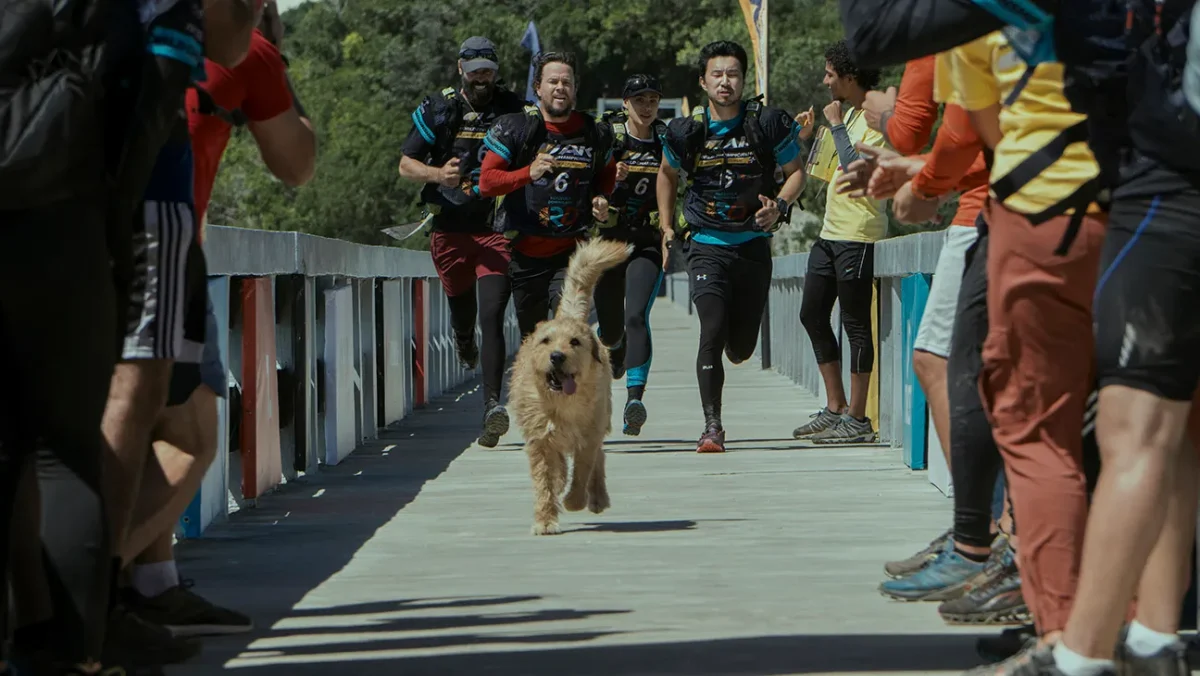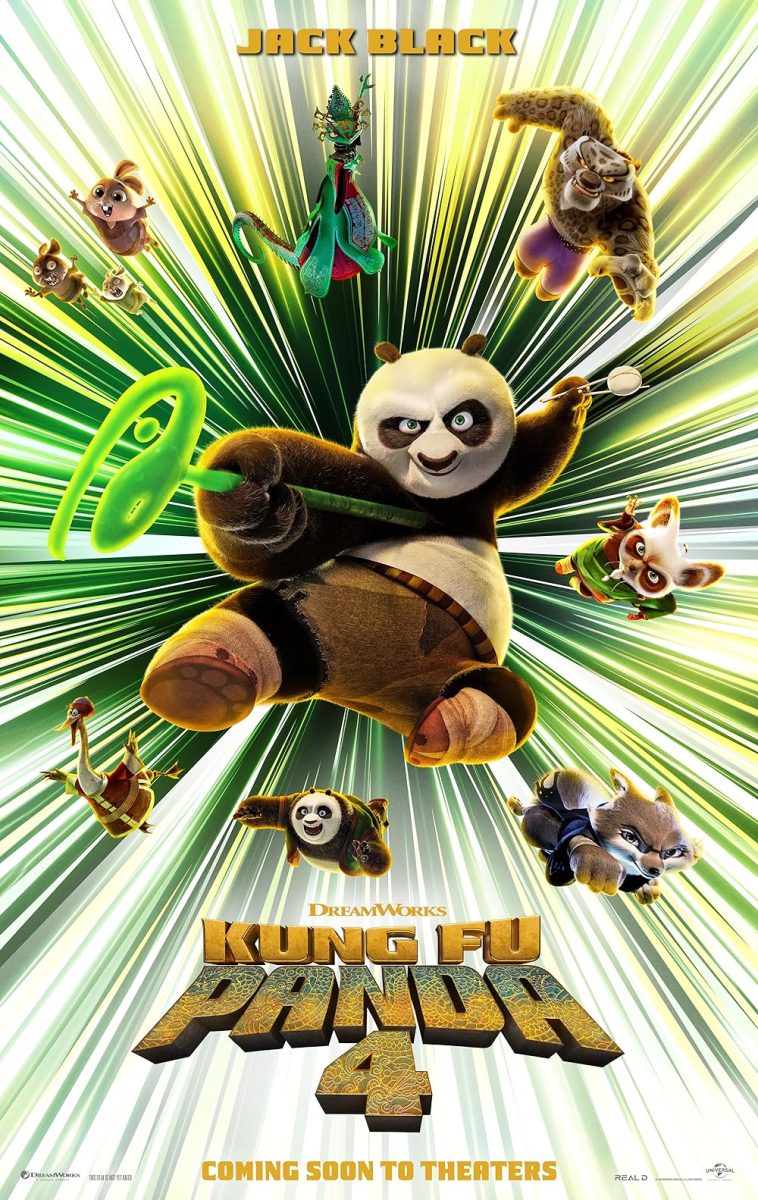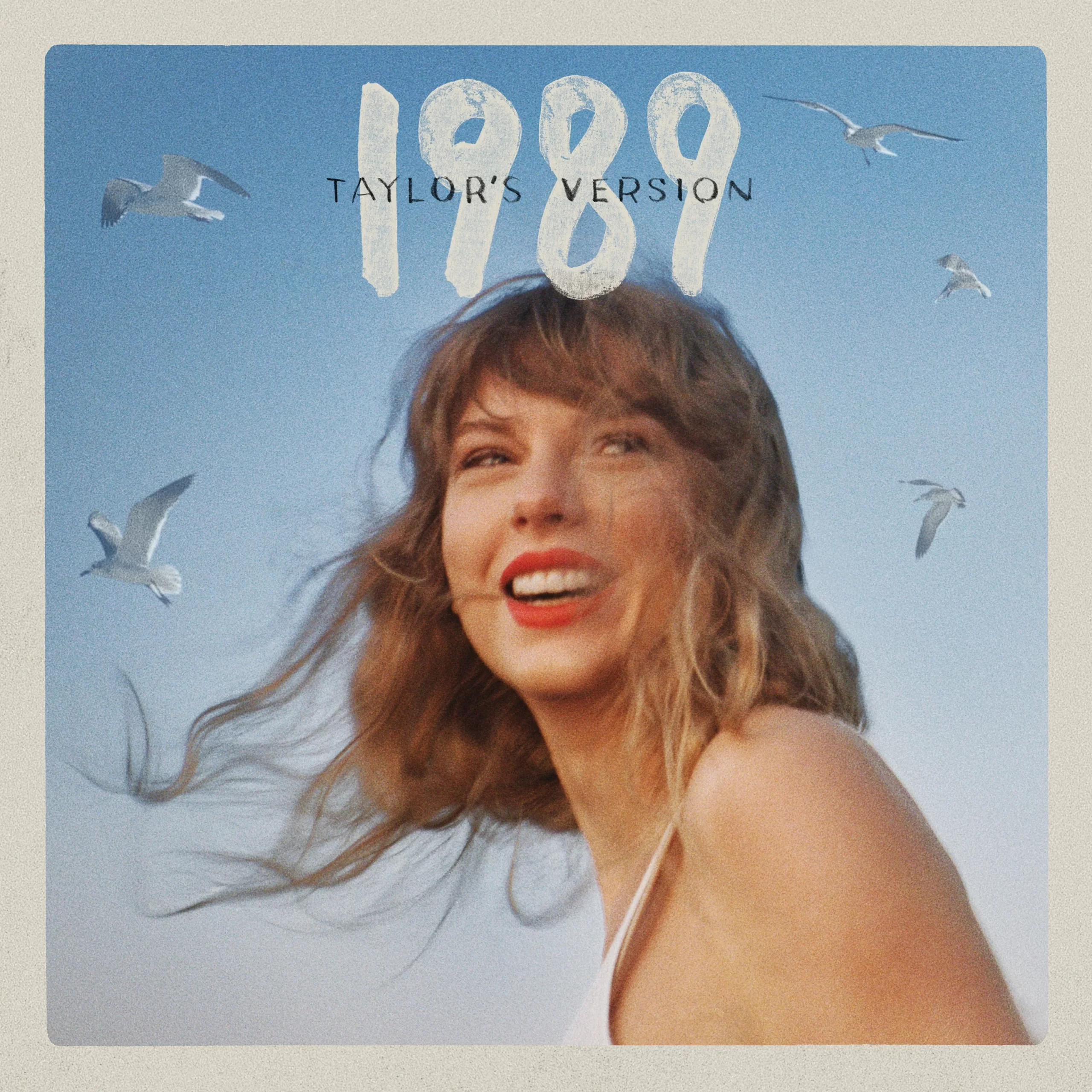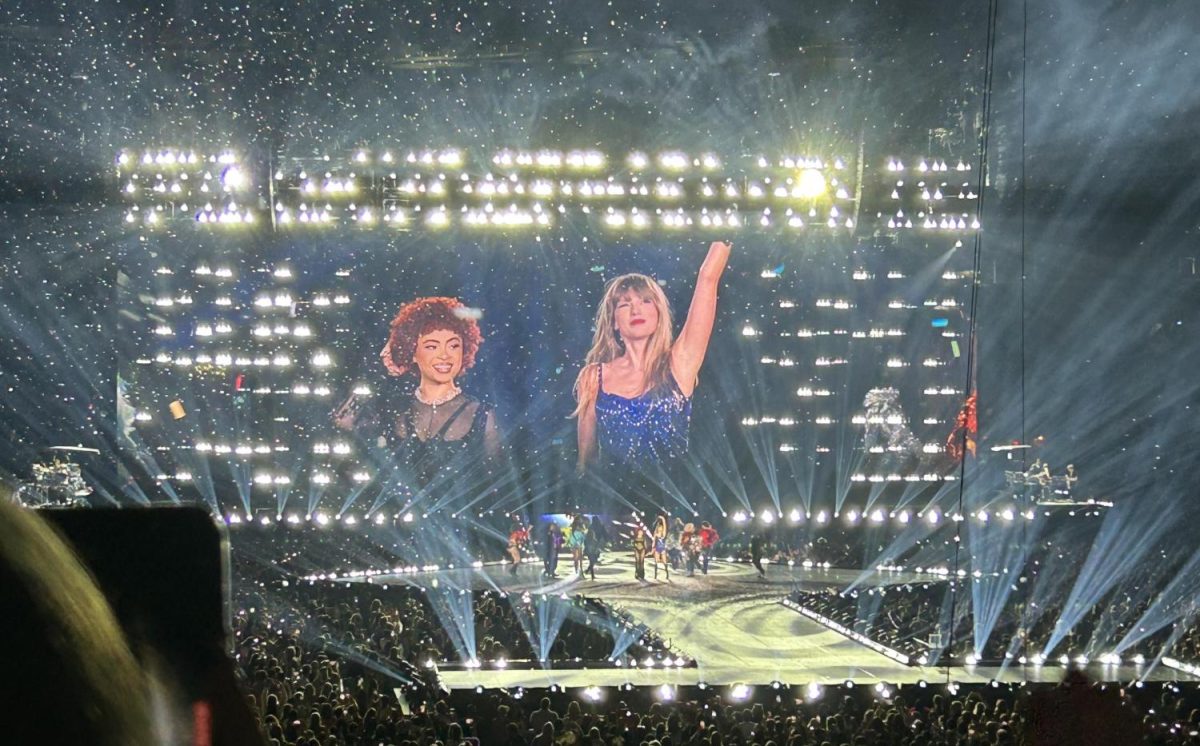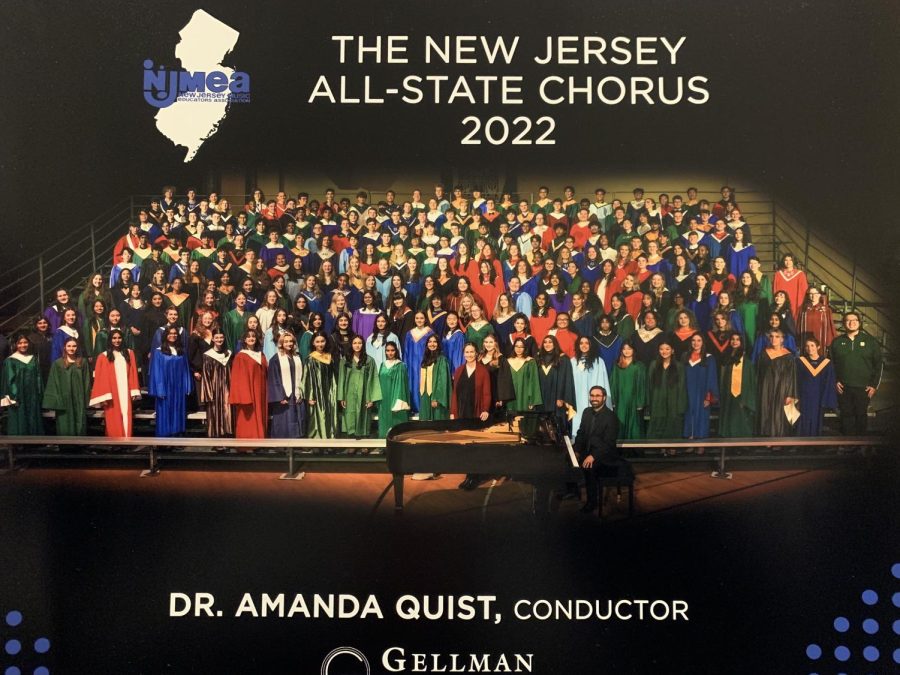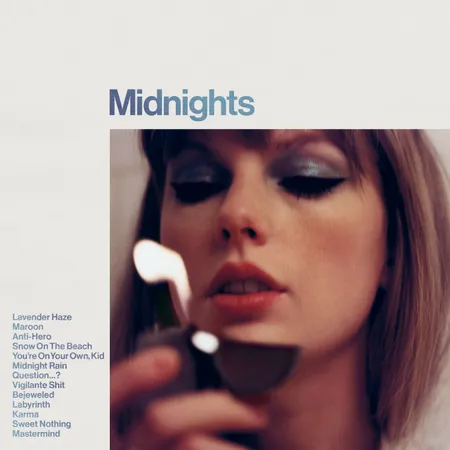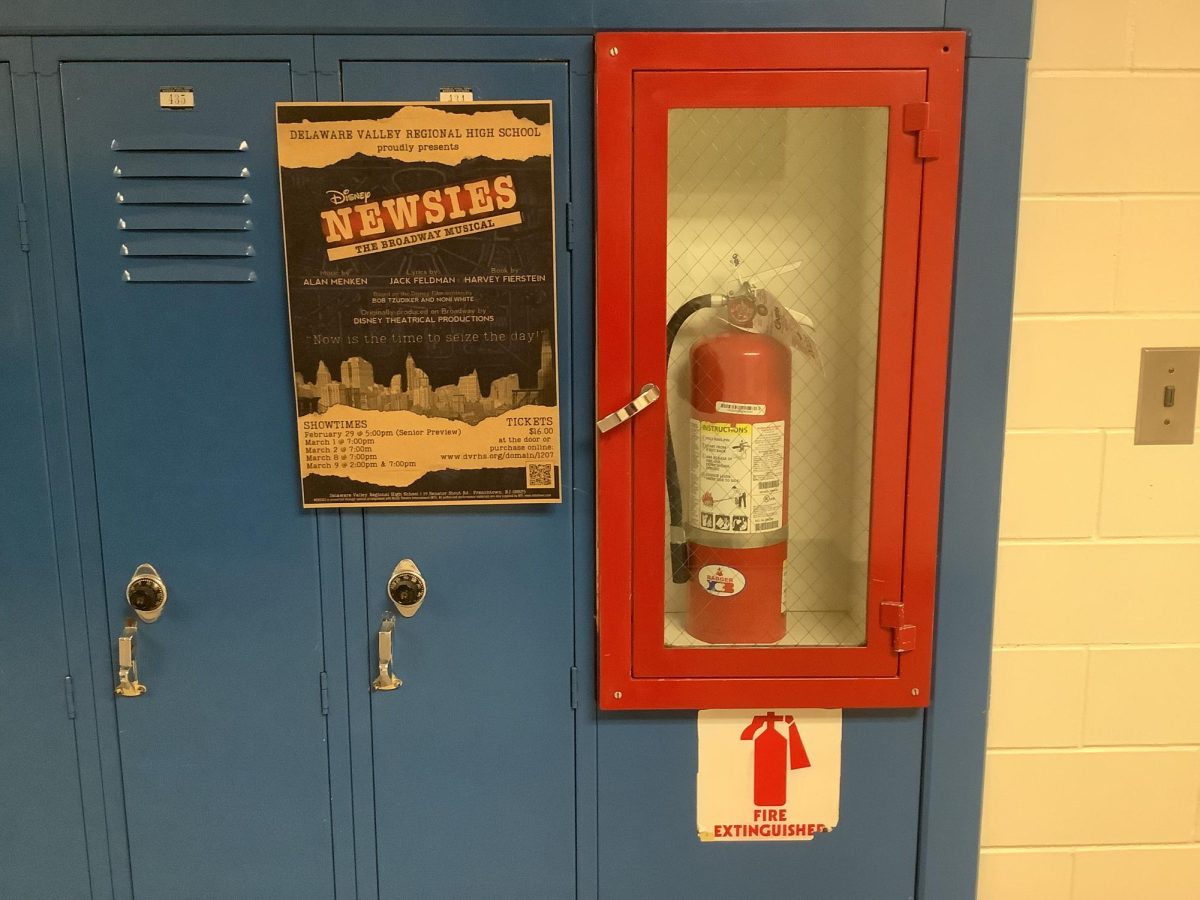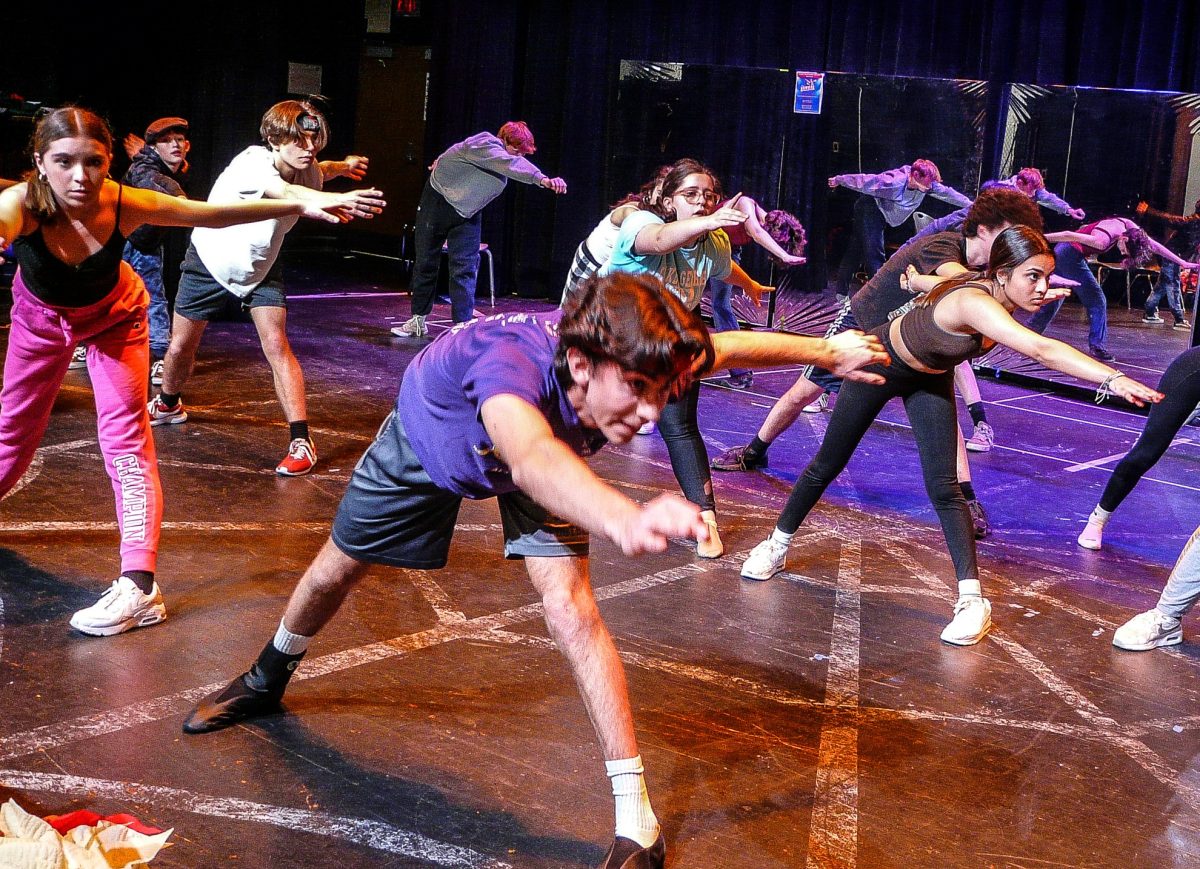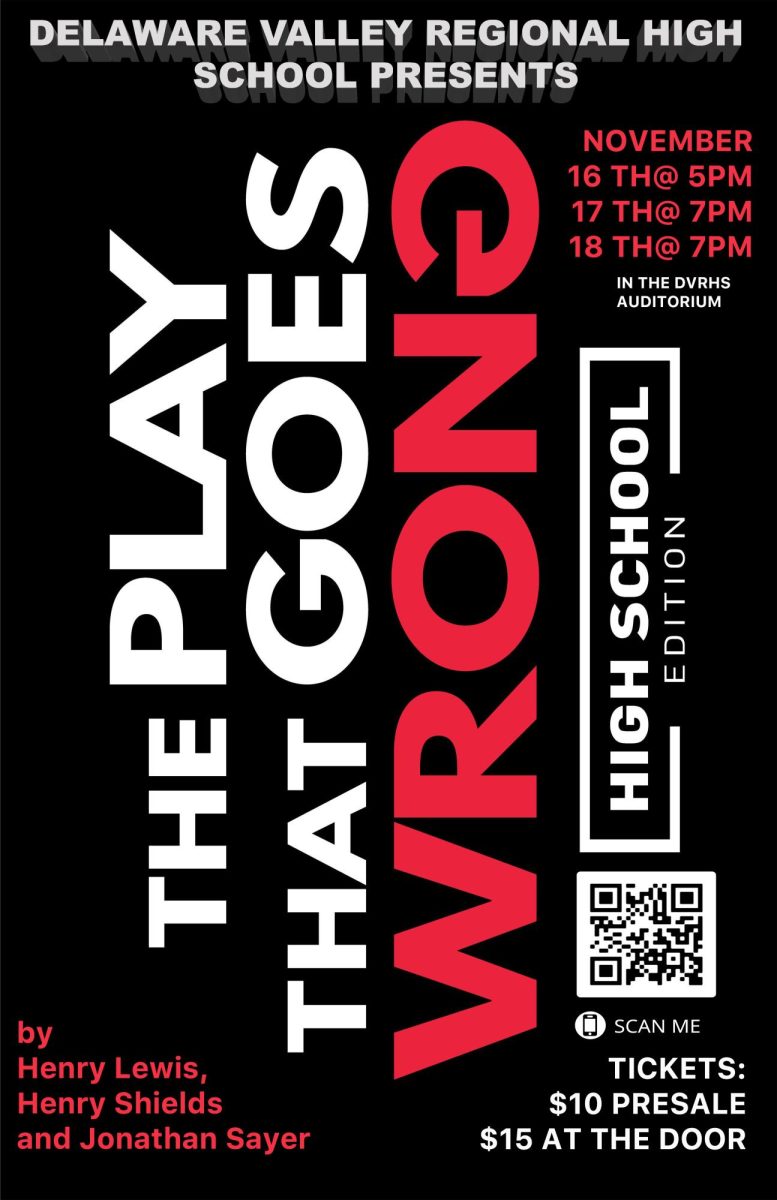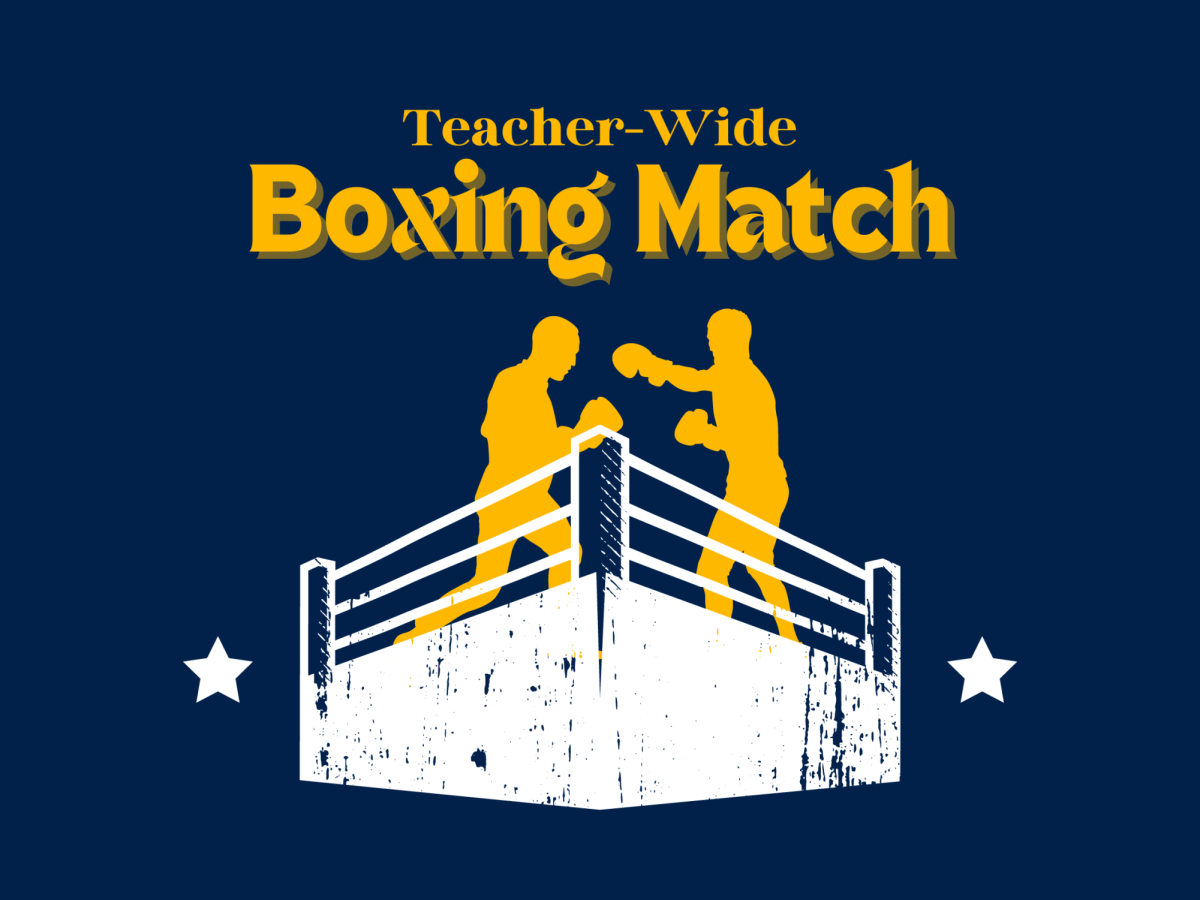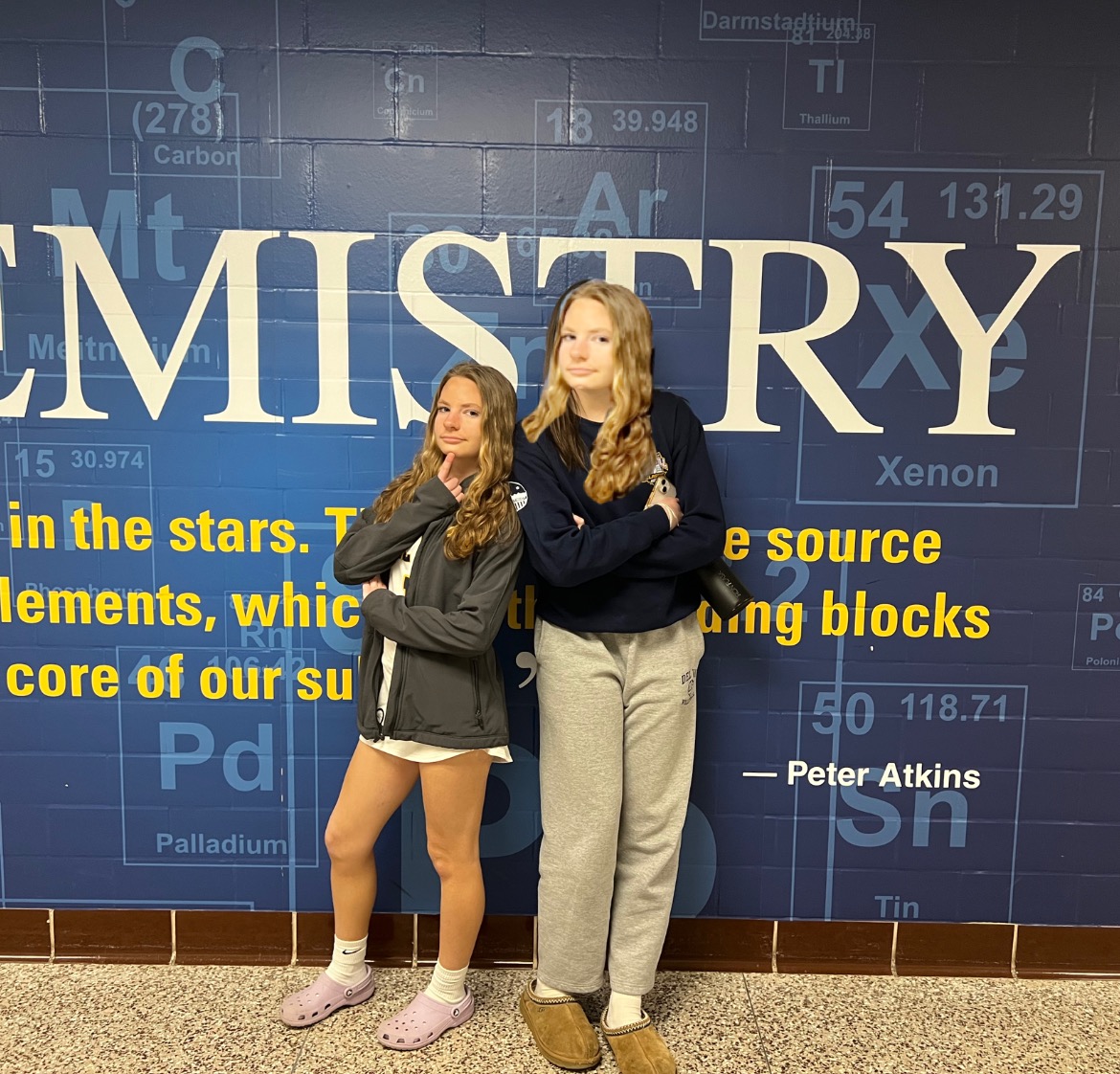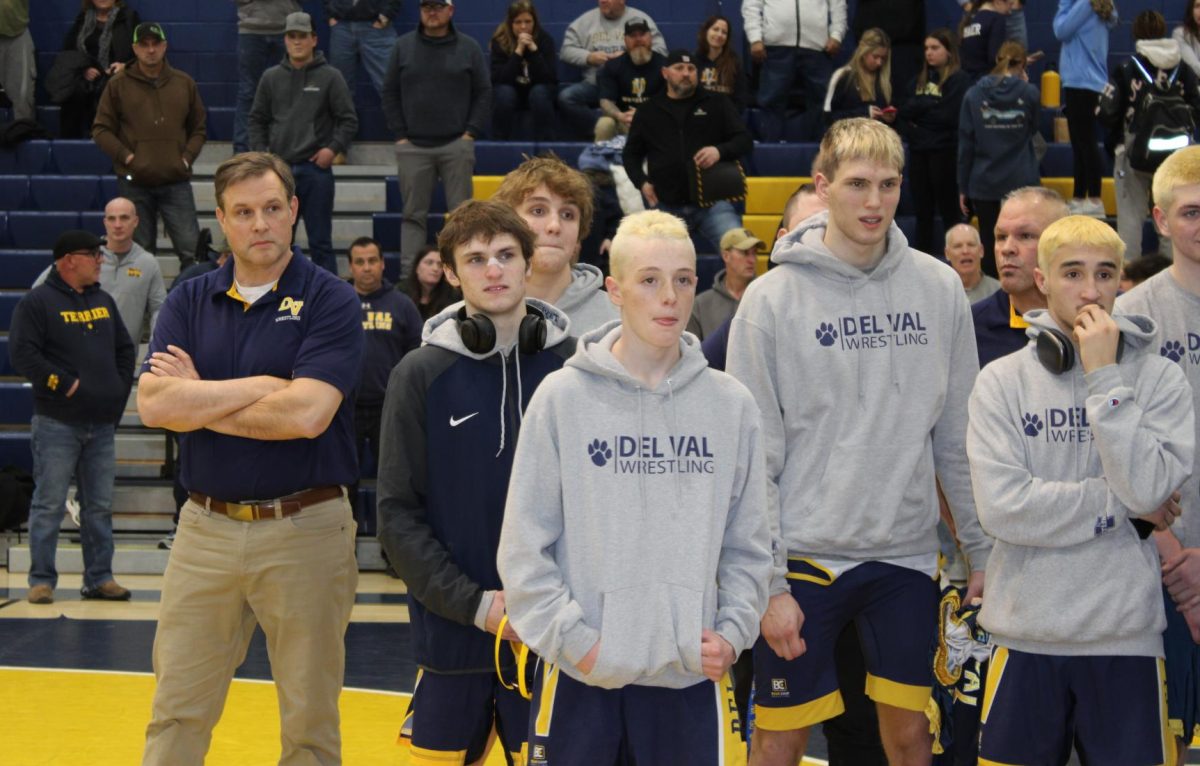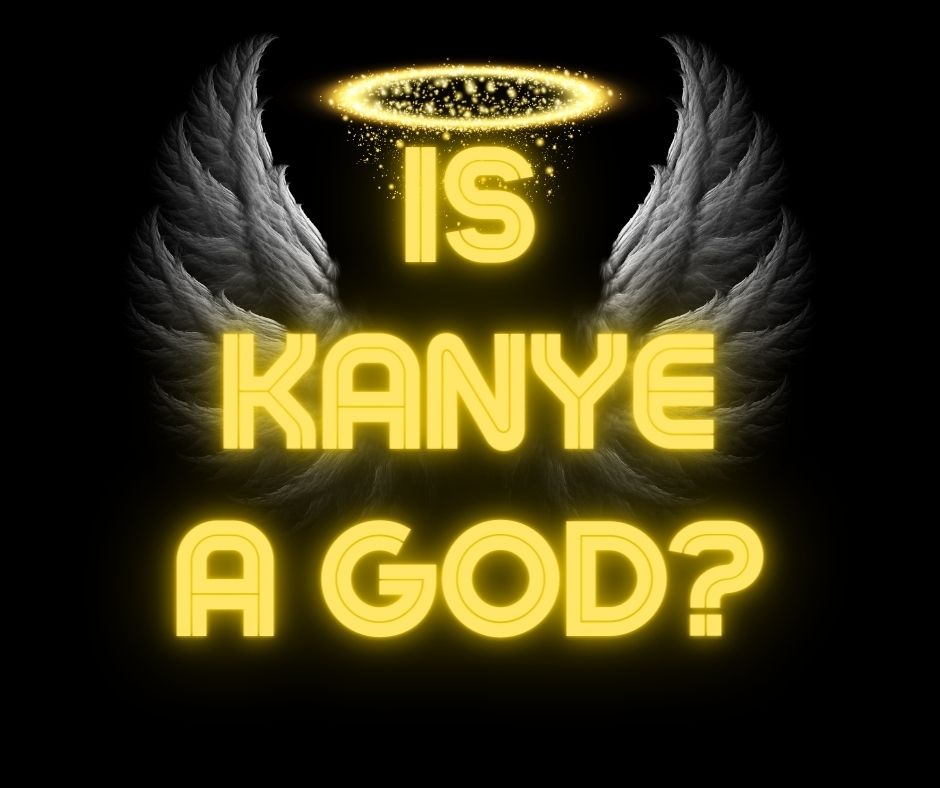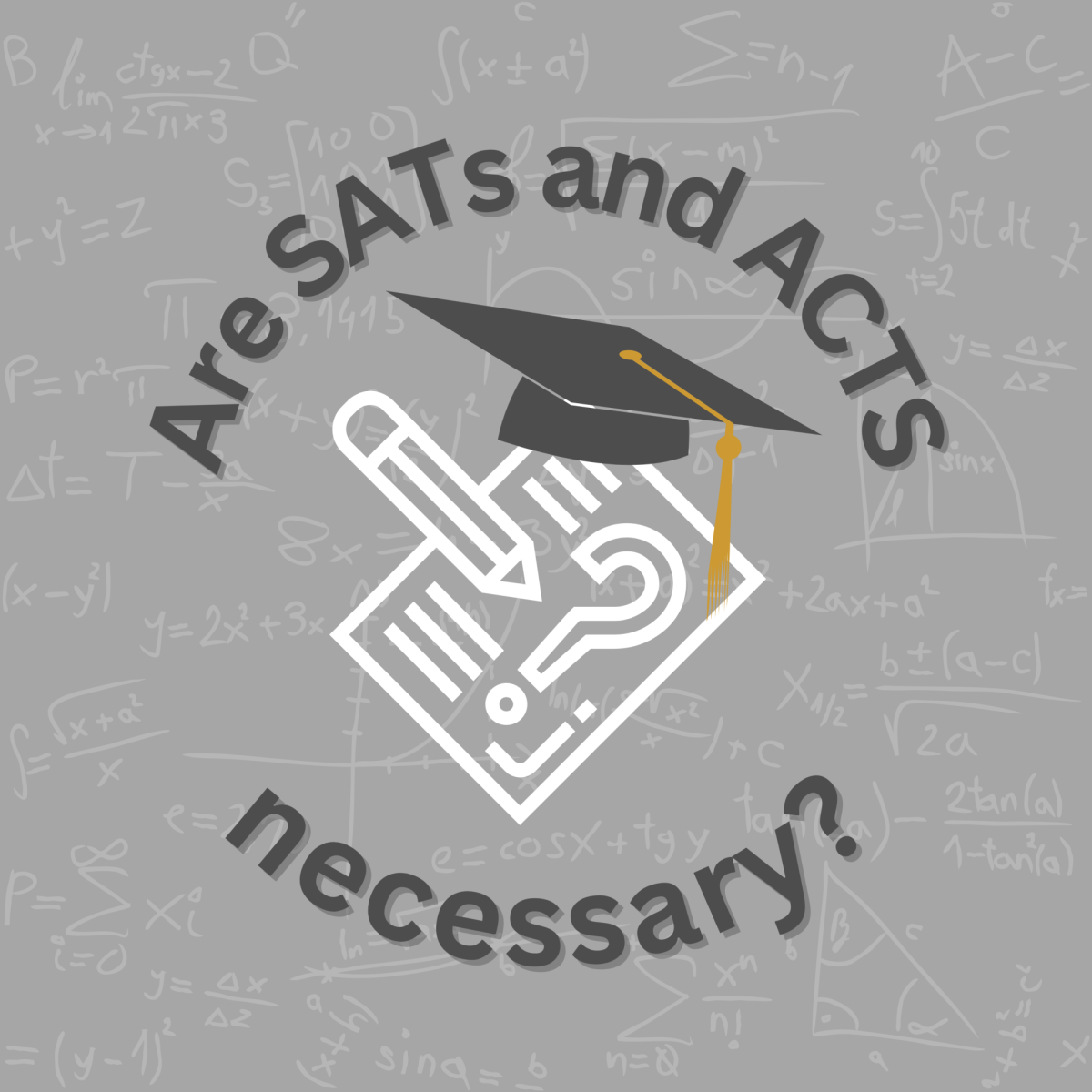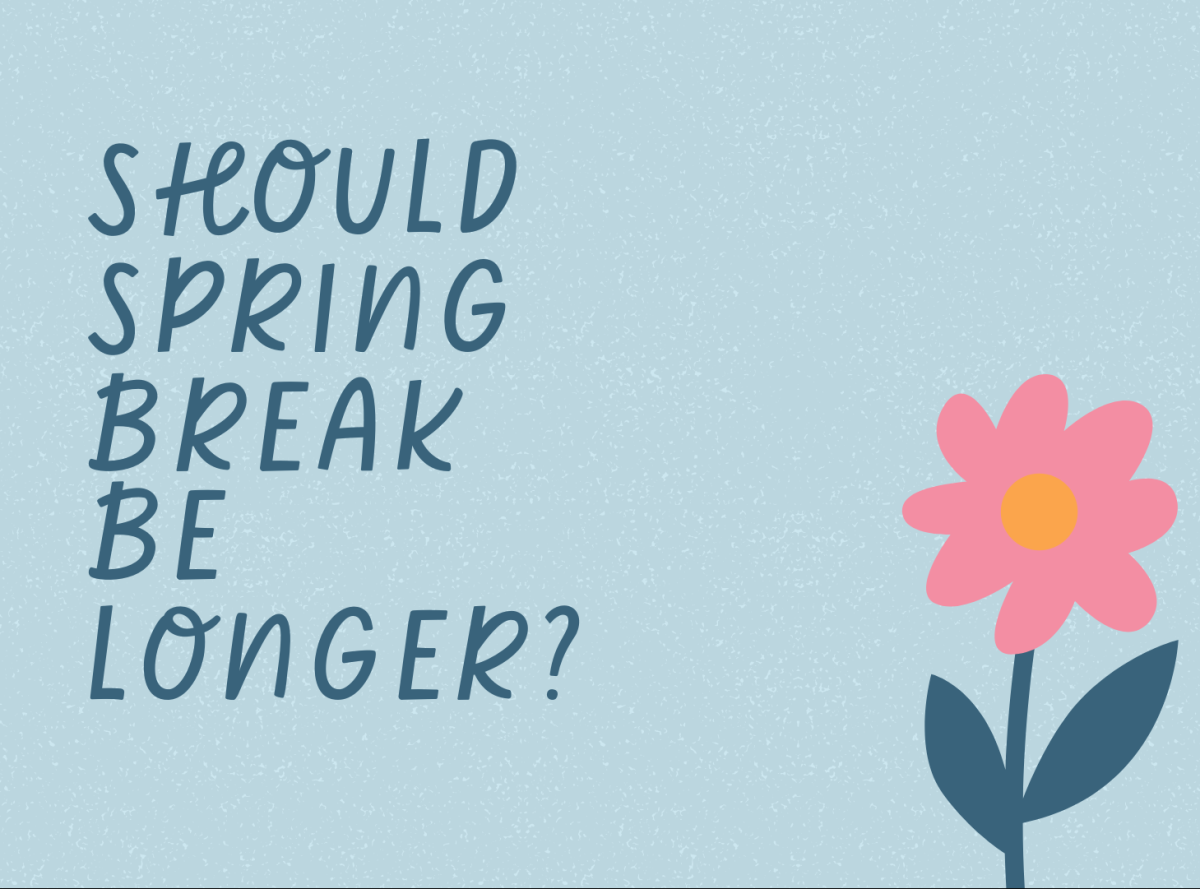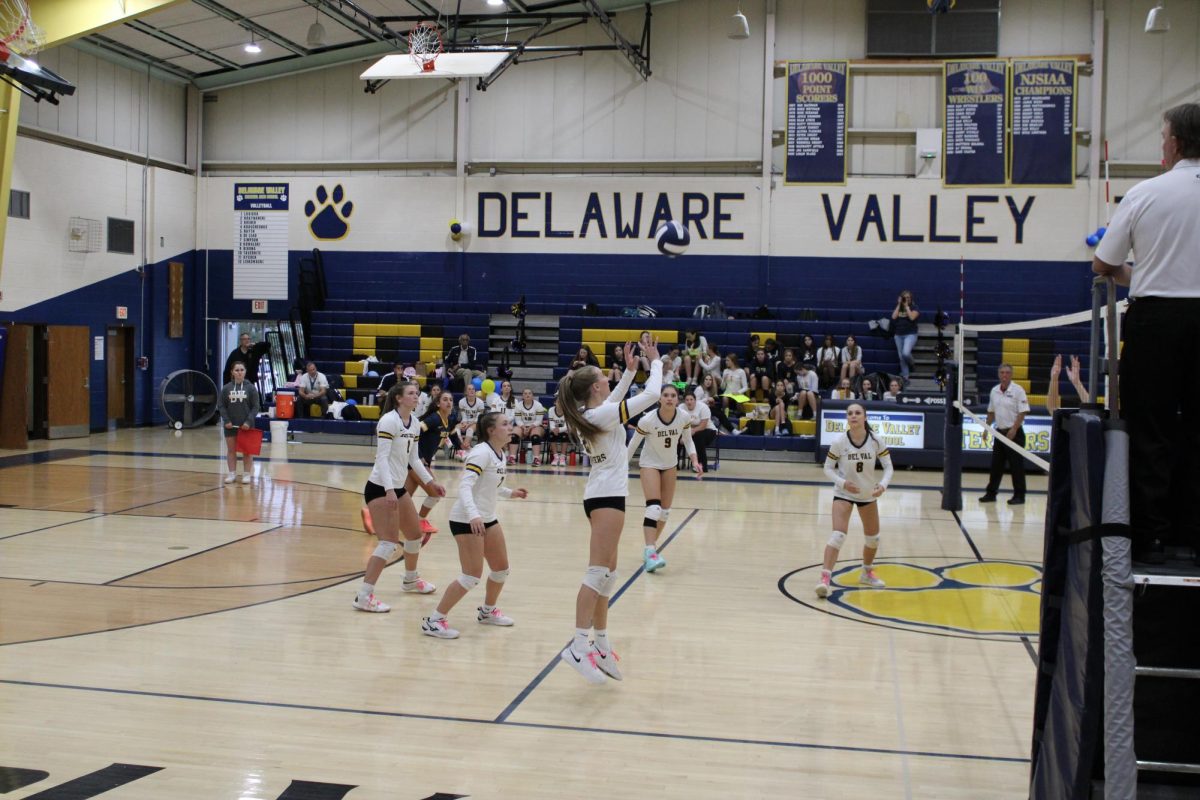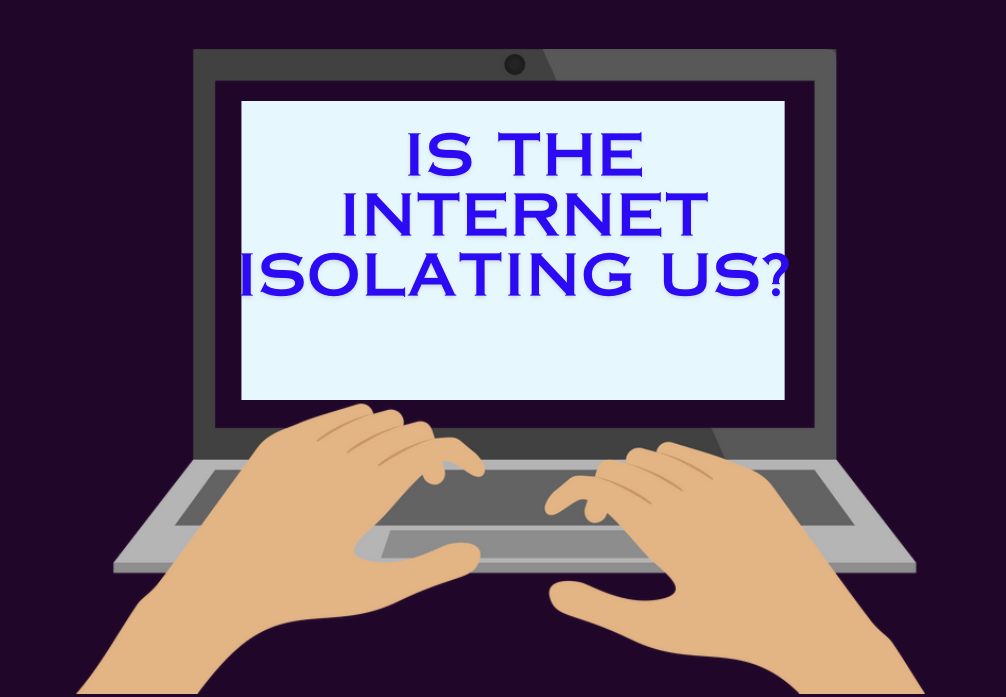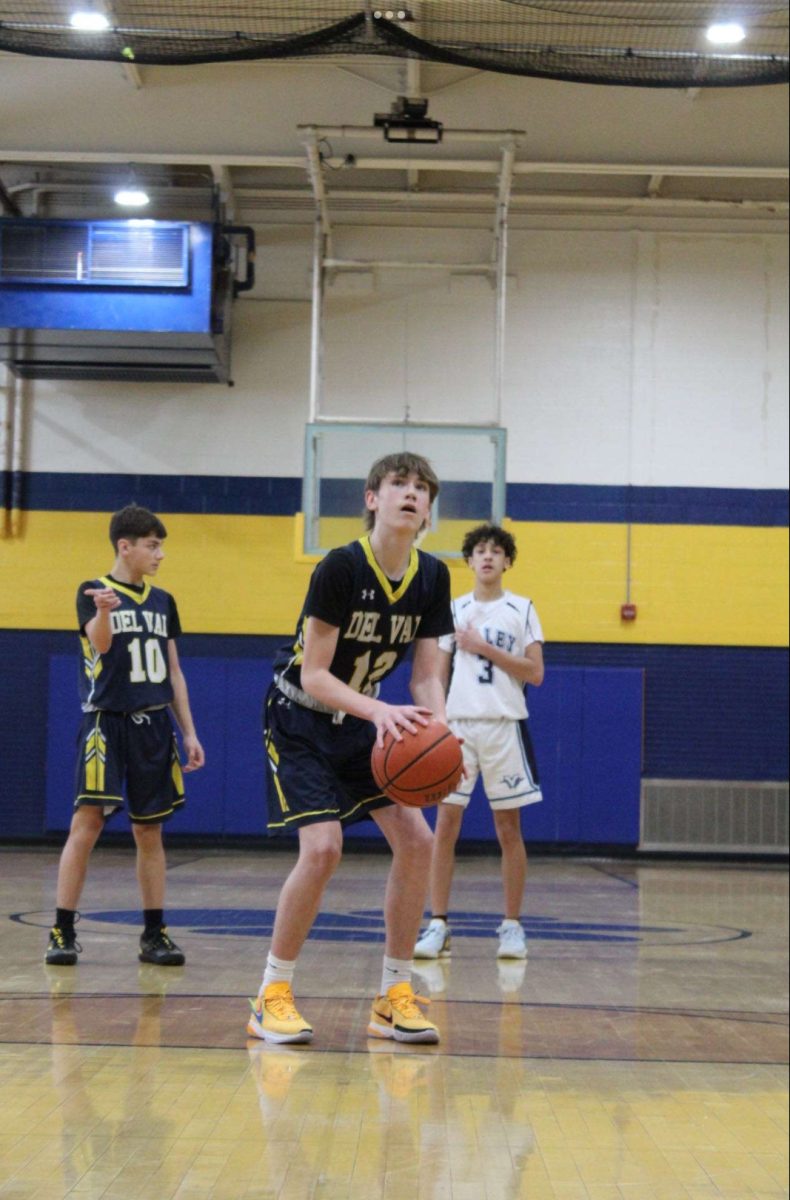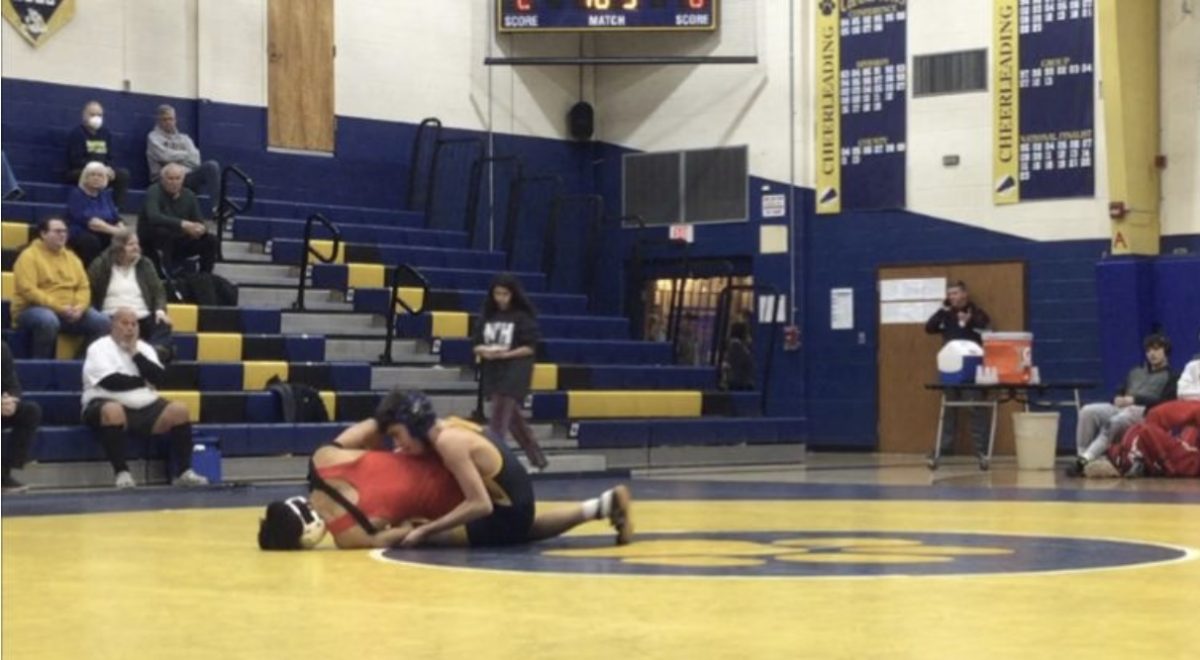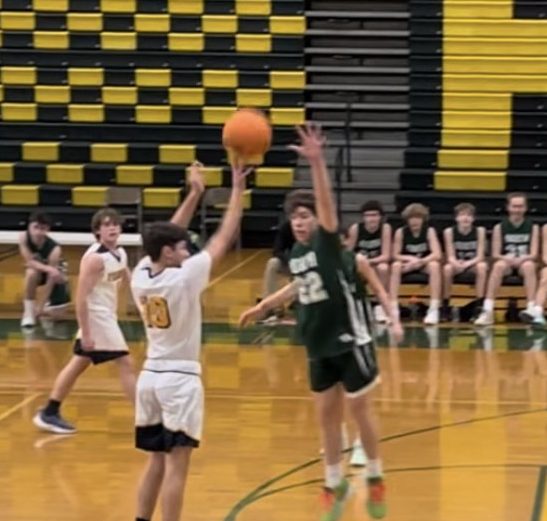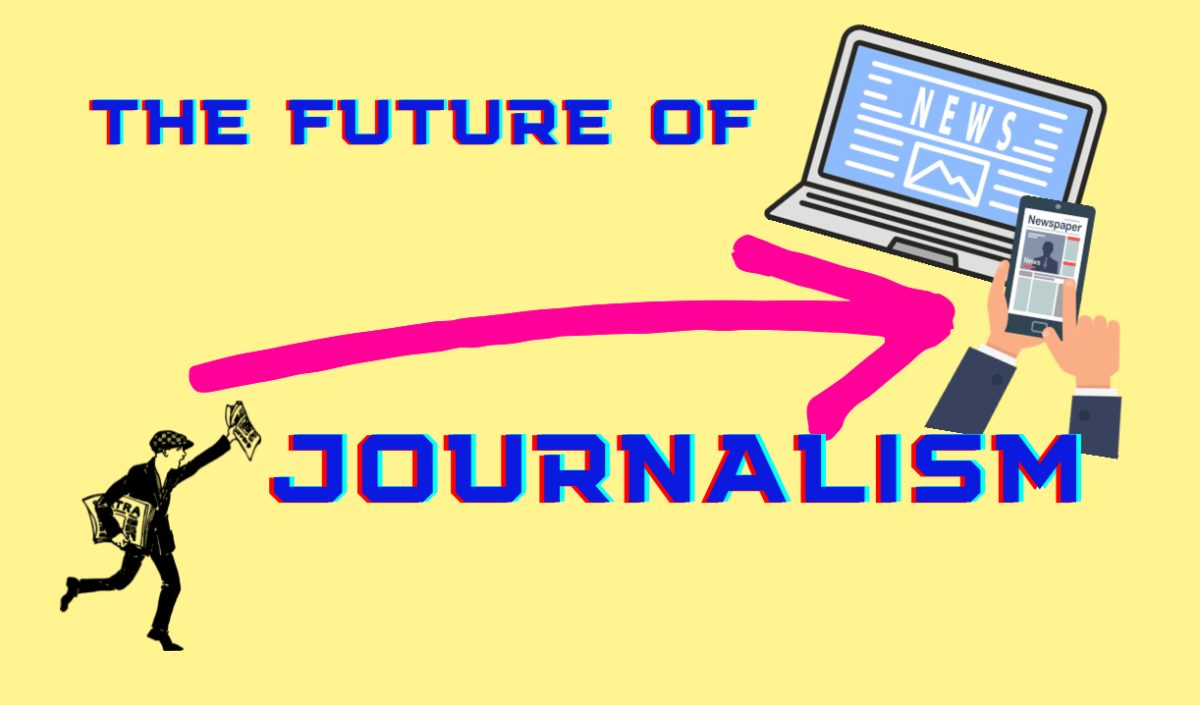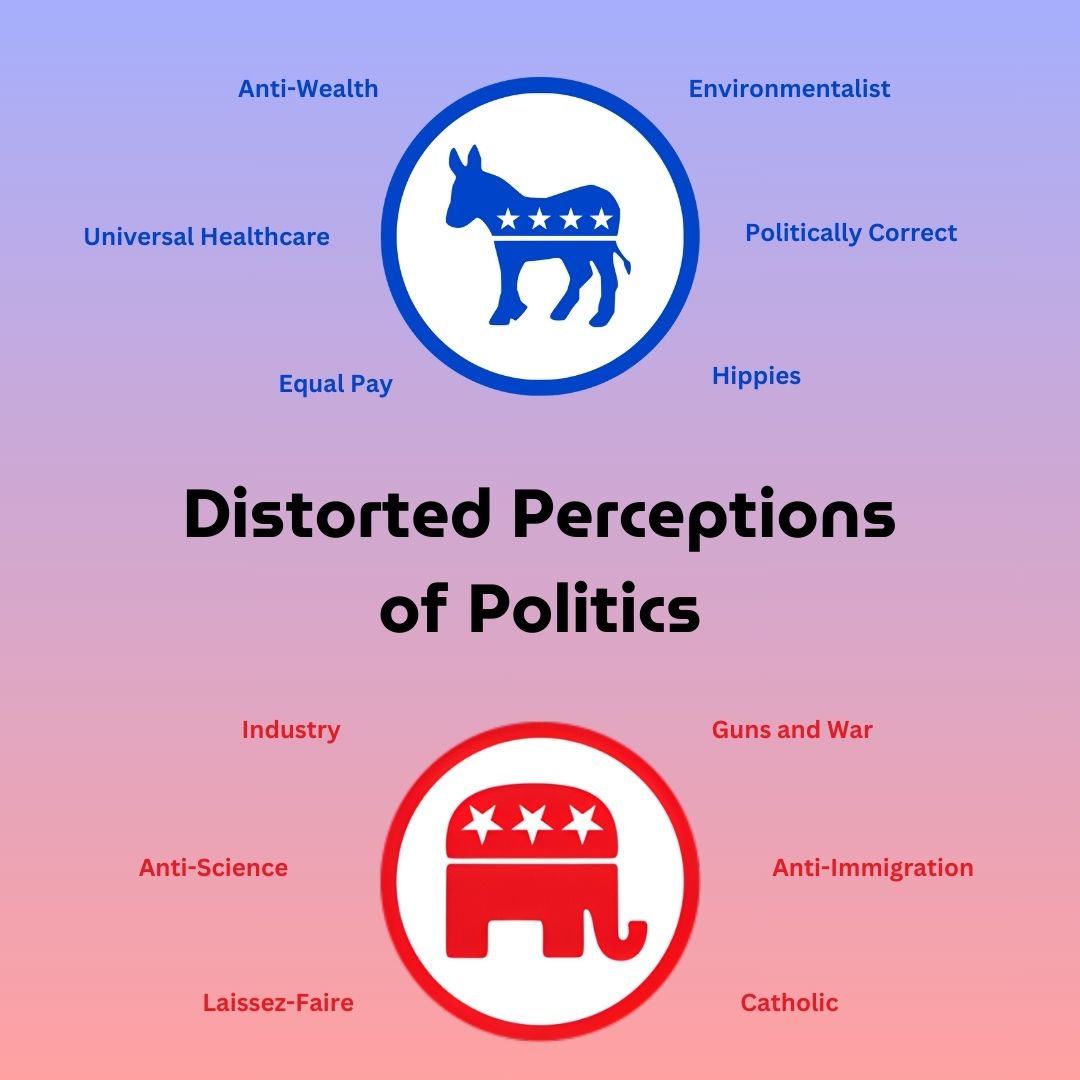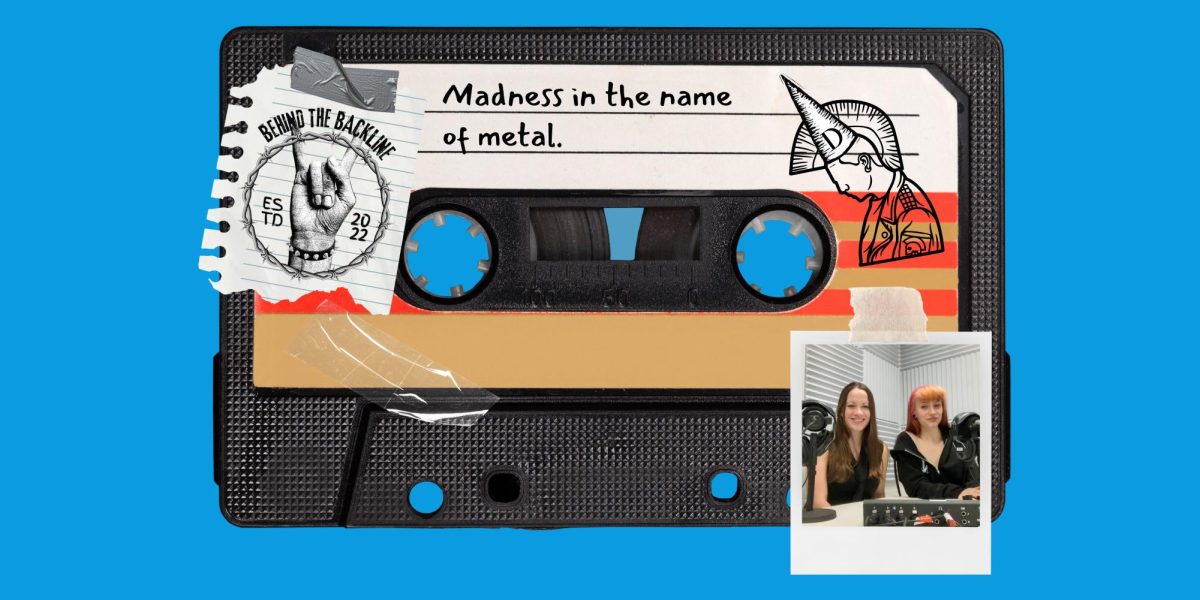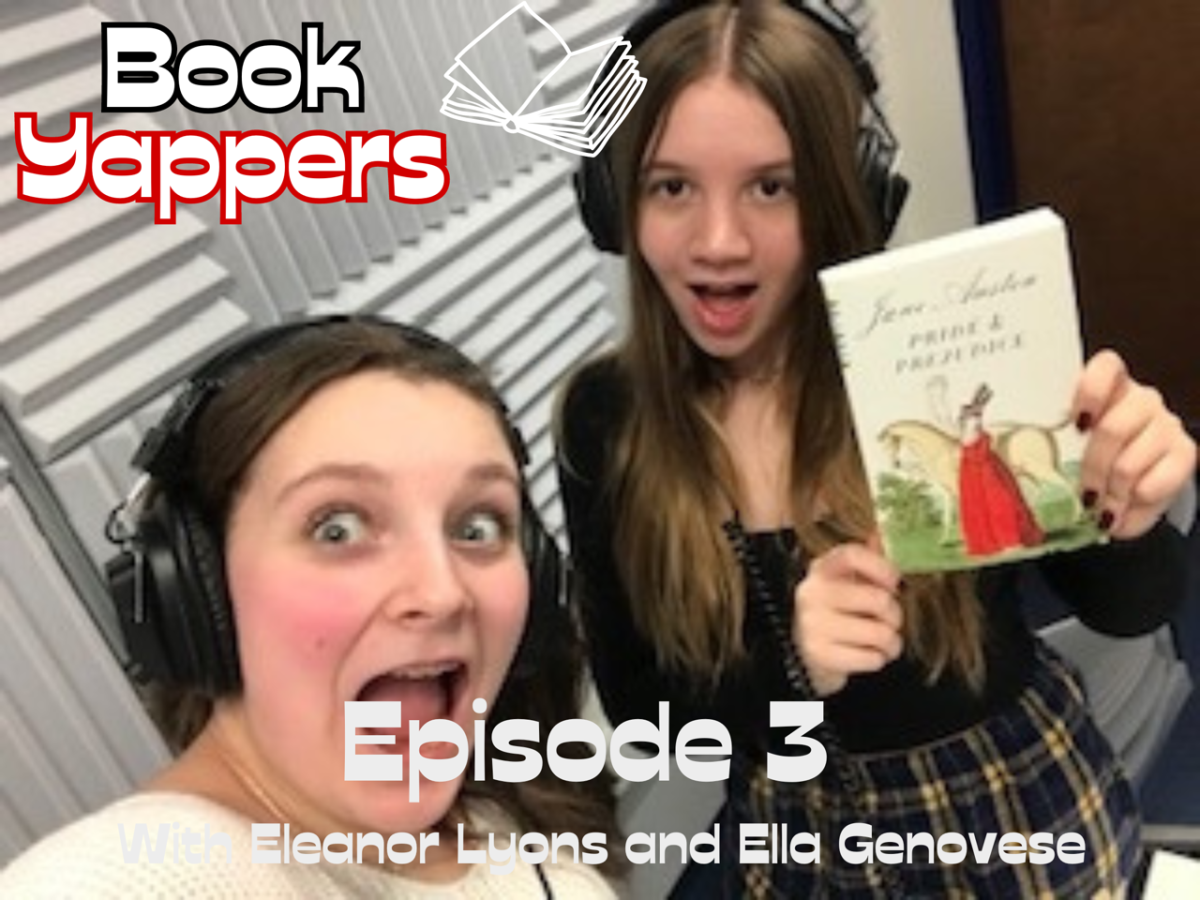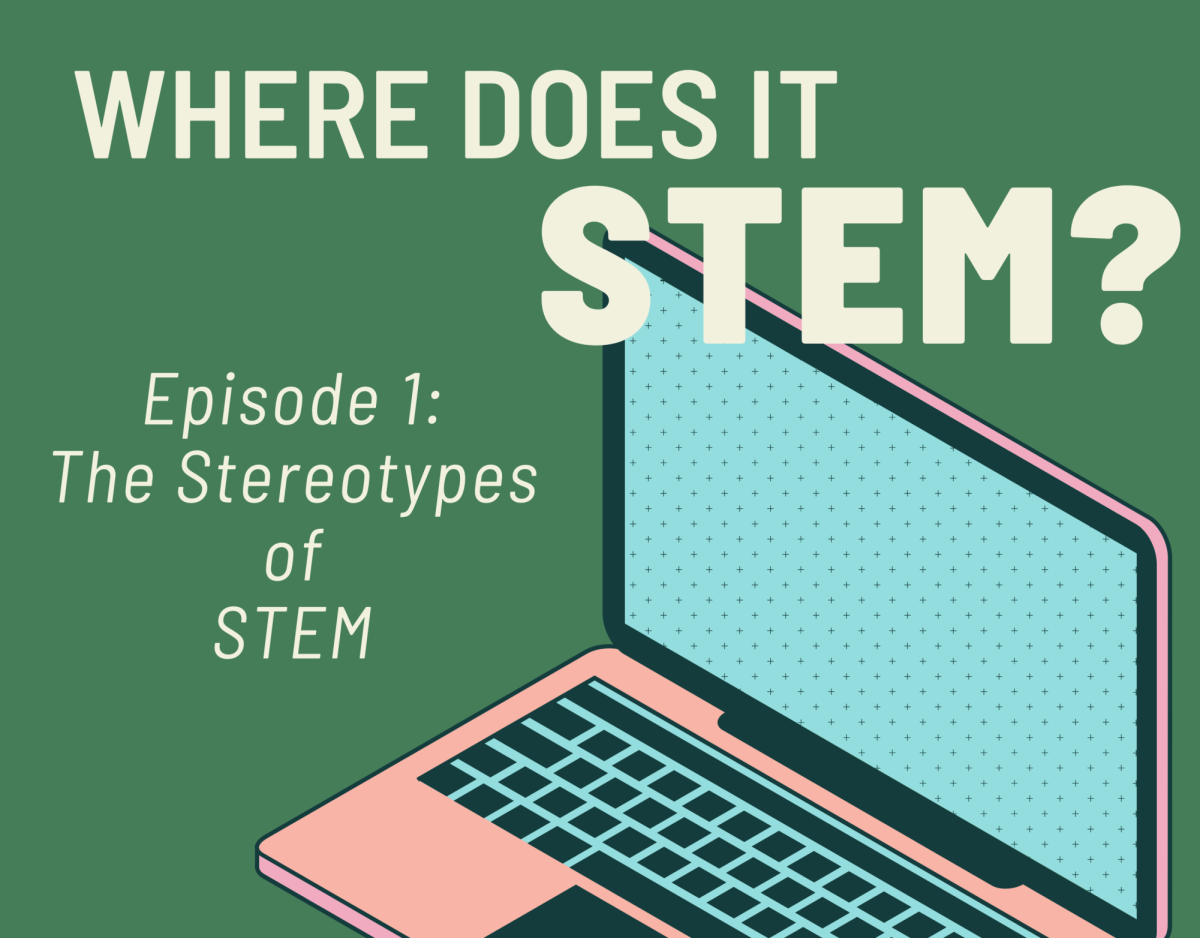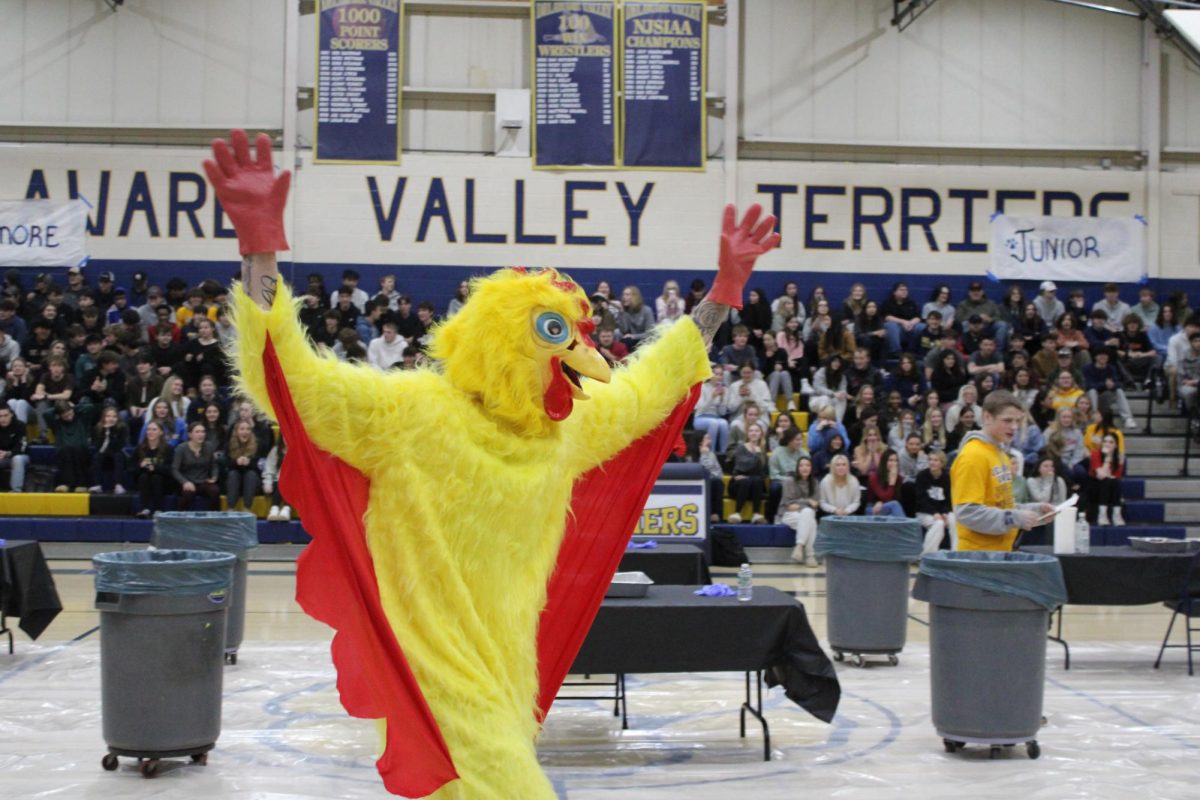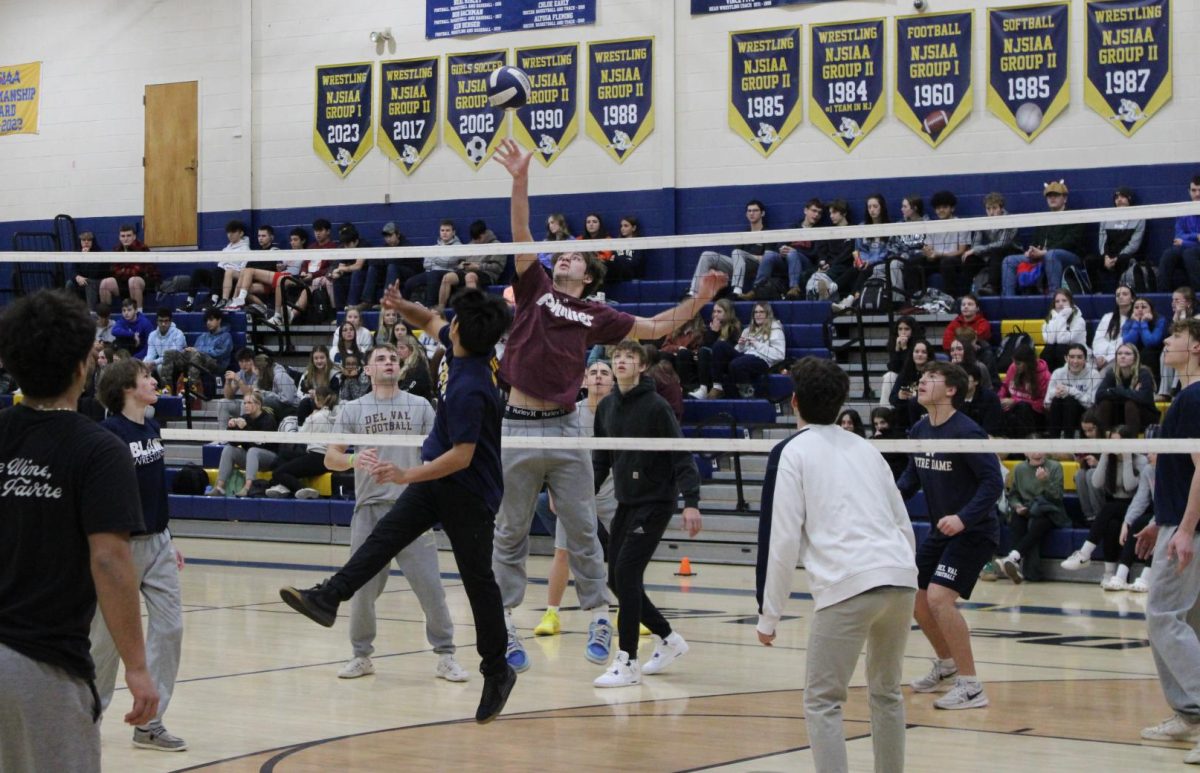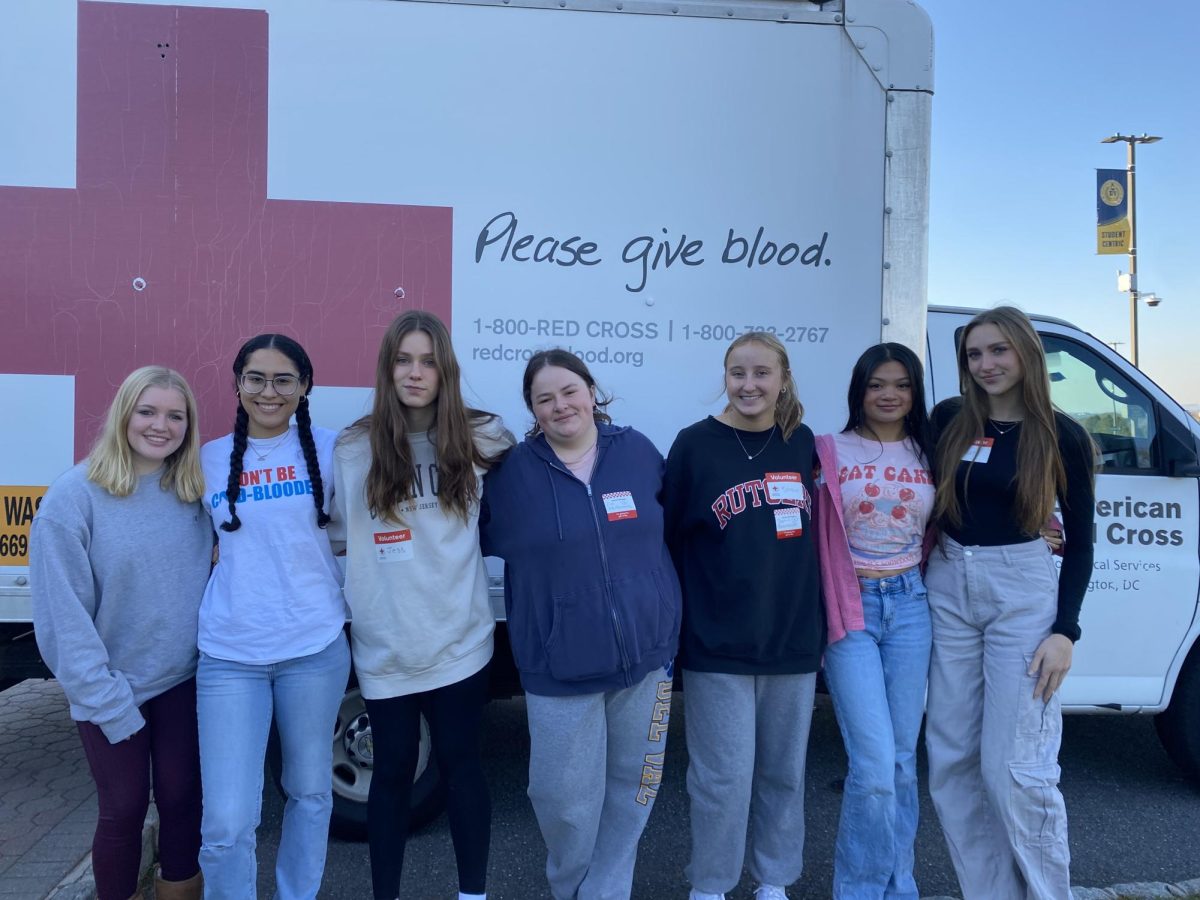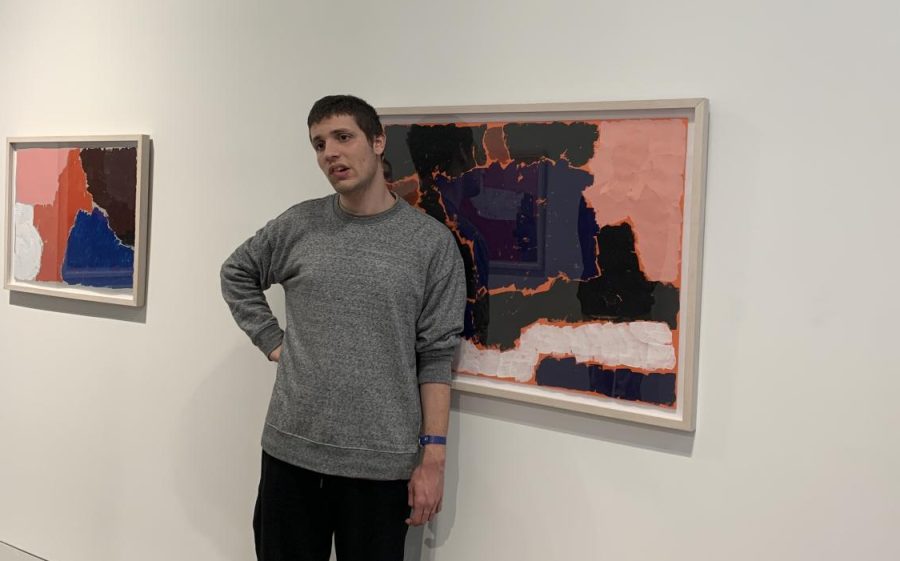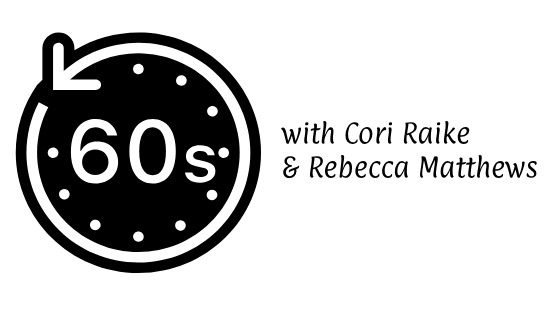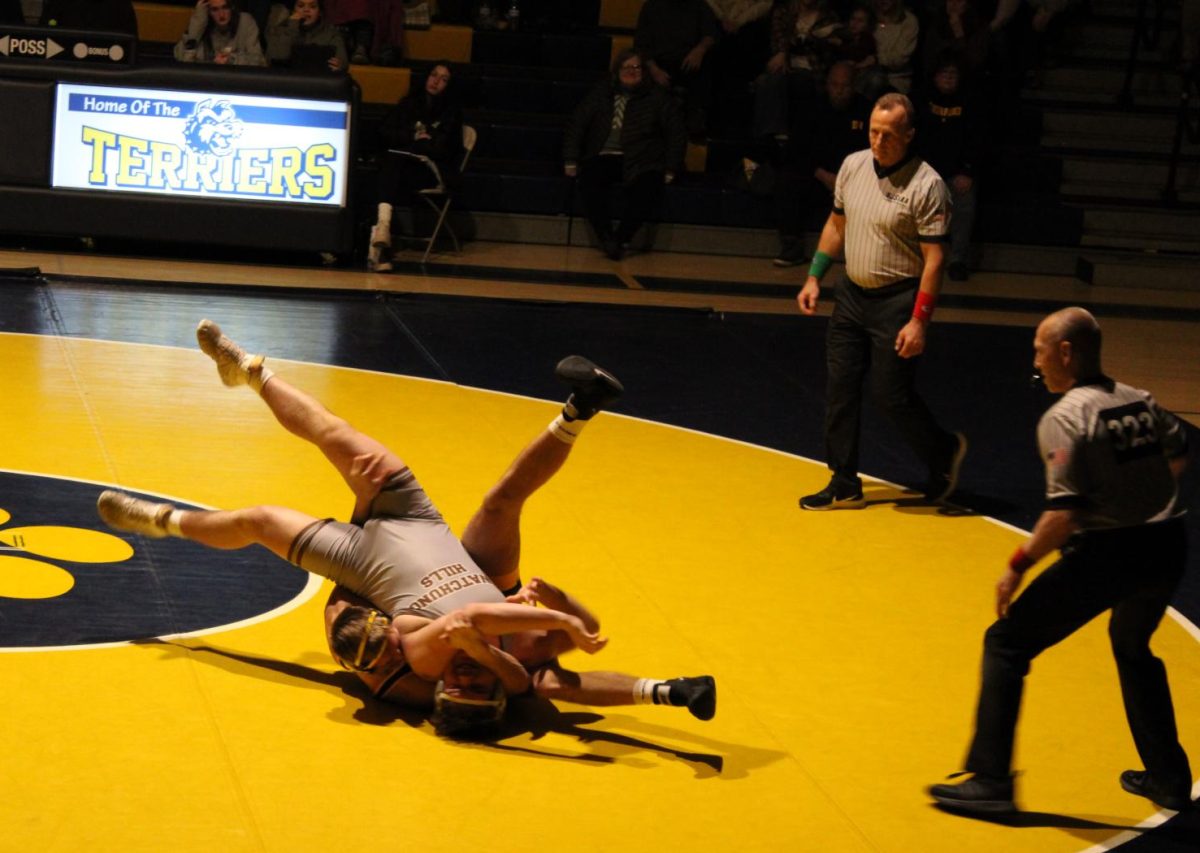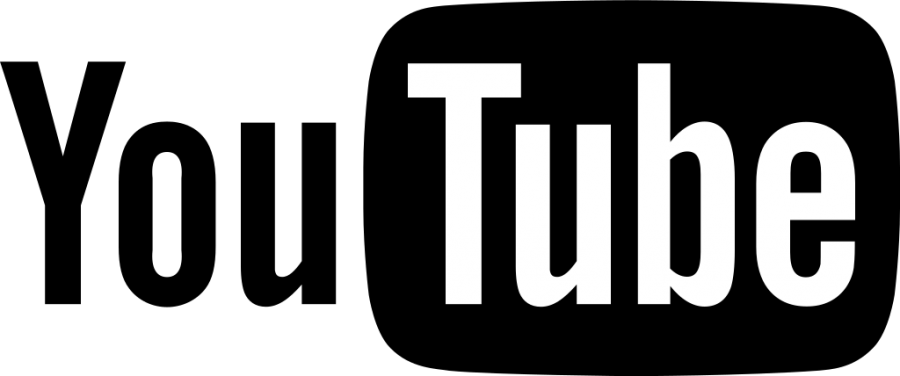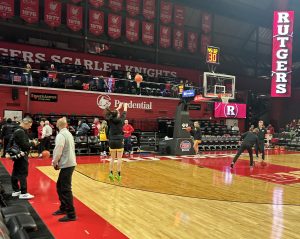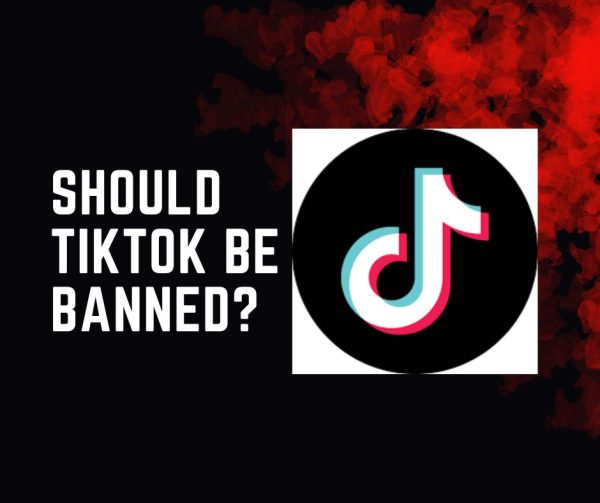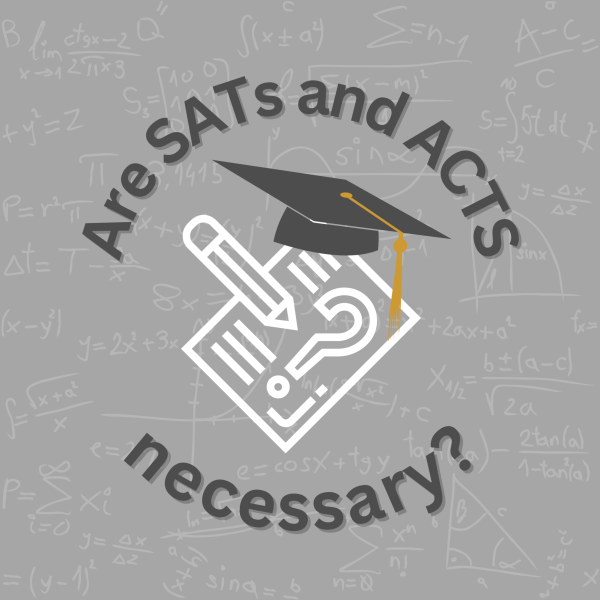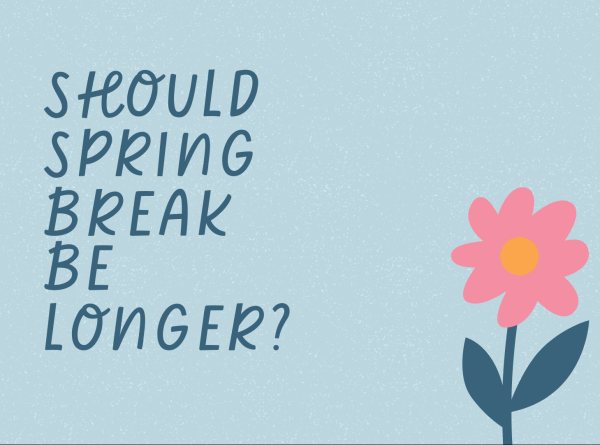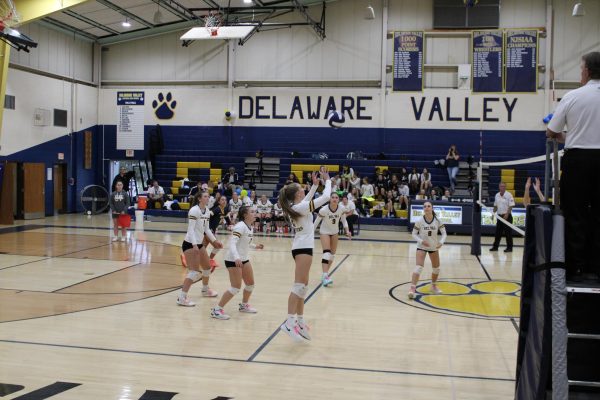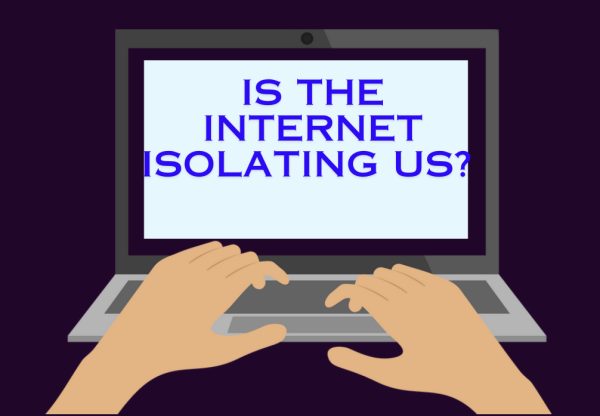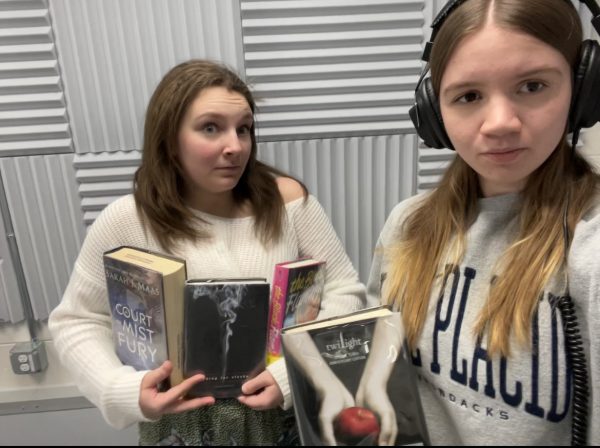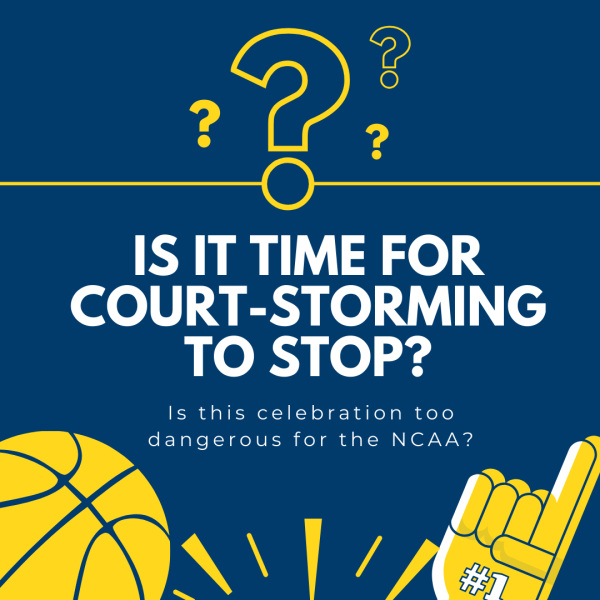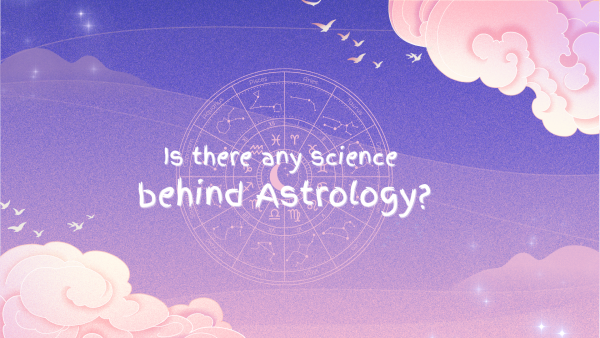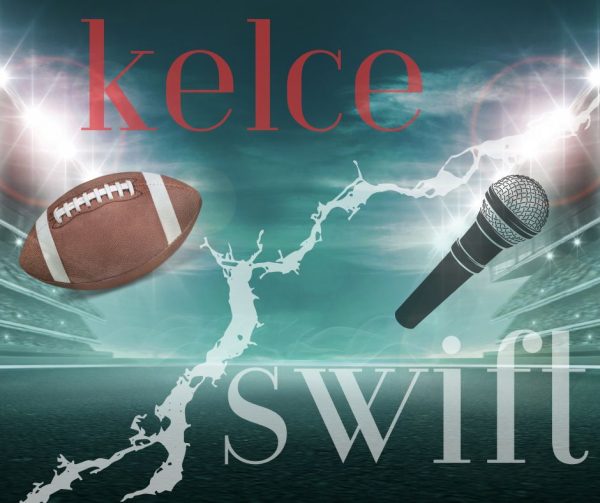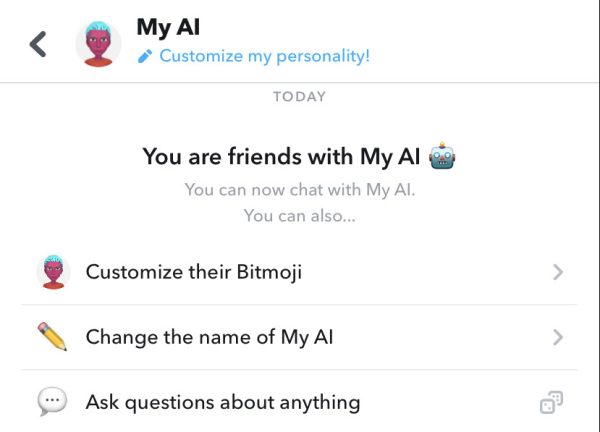The dark side of Youtube
Photo via Wikimedia Commons under Creative Commons license
YouTube is meant to be used by all, but there is some content that raises questions.
January 23, 2020
Have you ever stumbled upon a video on YouTube late at night that creeped you out, or made you wonder “how did I end up here?”
This phenomenon is called “the dark side of YouTube” or “the weird side of YouTube,” as proclaimed by many of its users, and it has been present since the very beginning. I often find myself in this weird wormhole of YouTube, and this is where I discover most of my content for Dark History.
Viewers would think that, because of YouTube’s strict “no violence” policy, they would never see certain things on YouTube; instead, these more controversial videos would appear on LiveLeaks, a British website that ‘’aims to take reality footage, politics, war, and other world events and combine them with the power of citizen journalism.”
However, if you stumble down the wormhole, you might be surprised by what you might find. It may come as no surprise when I tell you I’ve seen such things, as my hobby is talking about the darkest moments of human history.
Some videos on YouTube are dark and disturbing, showing real crimes and uncensored material. There is one specific channel that posts one minute-thirty second videos of true crimes. Viewers can witness the stories reported on the news as they occurred from the cameras of eye-witnesses. These videos are unedited and uploaded to YouTube for all to watch.
Despite the fact that some of these videos are blatantly against policy, most of these videos have been up for more than five months. Even though there is a warning at the start of each video, viewers cannot be prepared for what is to come. This is real life caught on camera.
The problem is, if not already clear, Youtube is full of young viewers who are very curious. I can recall a YouTuber named ‘Lisbug’, who usually makes basic videos you would see on any YouTube channel, made a video about “crazy stalkers.” One of the stalkers is the aforementioned mentally unstable stalker. If young viewers gets curious and rebellious to the warnings, and decides to look up topic on Youtube to learn more, they will find material that could be scarring. Even with the age restriction policy, kids nowadays have grown up with technology, and many know how to avoid these restrictions.
But, how does this YouTuber get away with posting these videos? It’s really a fine line, but these videos cannot be rightfully taken down. The only instance in which these videos would be taken down is if family members of those depicted file a formal complaint. But, in corporate Youtube’s world, the videos are rightfully posted because it is considered a documentative video with “enough information to help people understand what’s going on in the video.” YouTubers cannot not make money off these videos, however. They do make money off of their videos that are purely in the realm of journalism, though.
These videos’ presence on YouTube is completely contradictory to the site’s “no violence” policy that states, “Violent or gory content intended to shock or disgust viewers, or content encouraging others to commit violent acts are not allowed on YouTube. If you believe anyone is in imminent danger, you should reach out to your local law enforcement agency to report the situation immediately.”
From a journalist’s standpoint, I see what Youtube is trying to do. It’s trying to let news be spread, the same way as I do in my podcasts; however, it is completely different when the story is breaking guidelines. This is also not a matter of the first amendment as Youtube is not a government-funded website. They have their own policies that you agree to when you create an account.
Ultimately, these videos should either be taken down for the sake of younger audiences, or there should be a heavy age restriction on these videos. The age restriction may be nearly impossible to enforce, but something needs to be done to protect .

